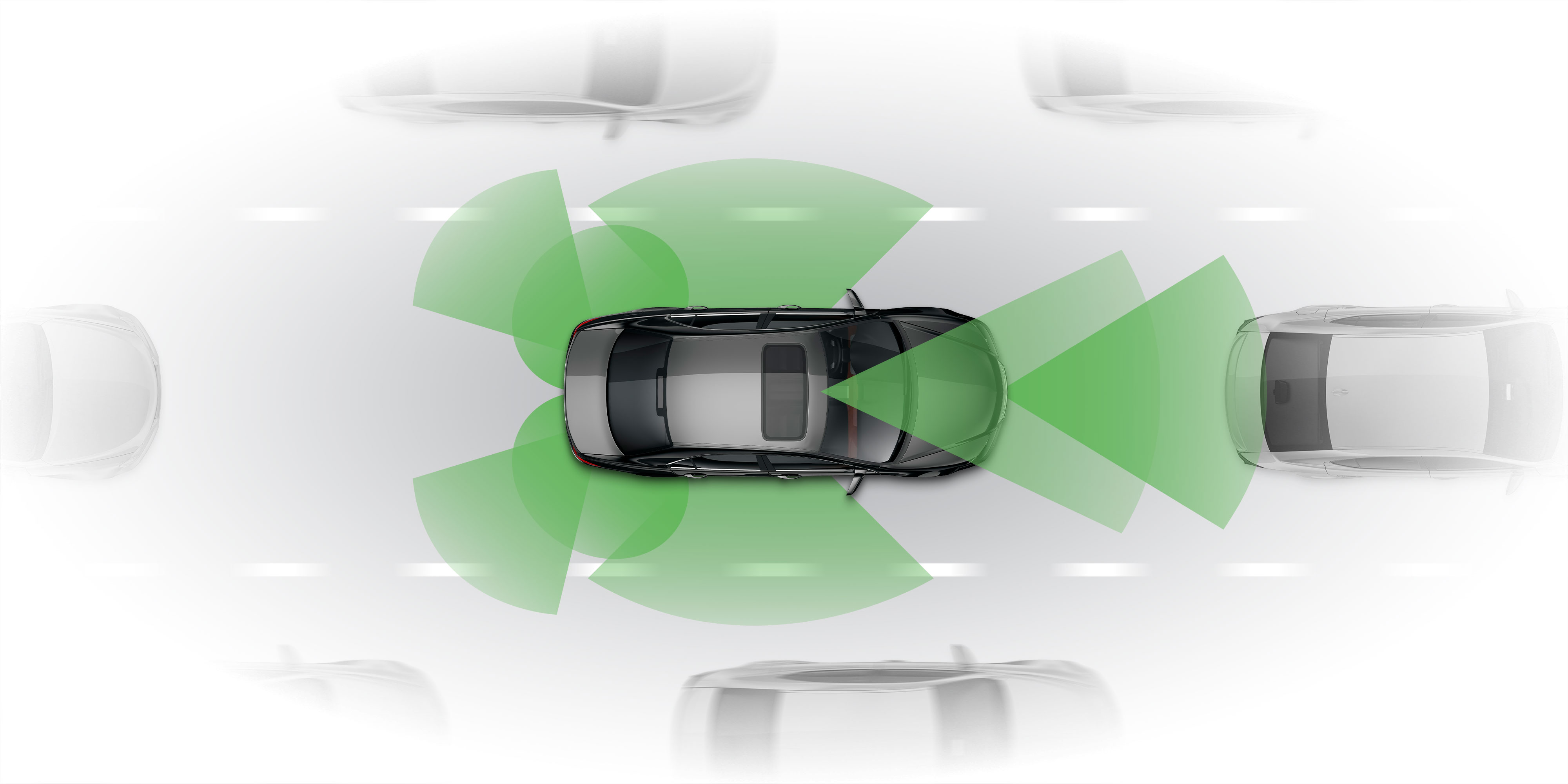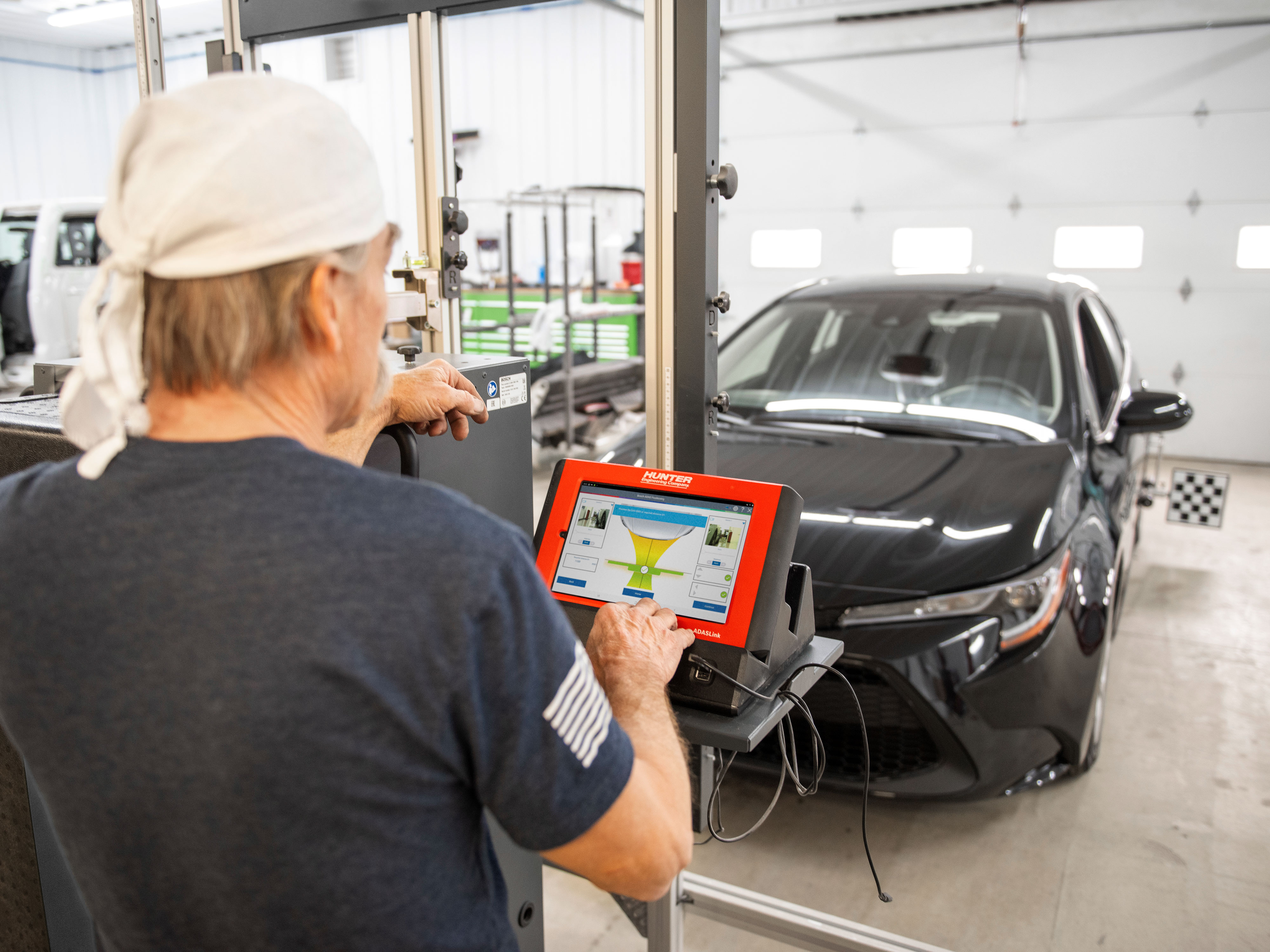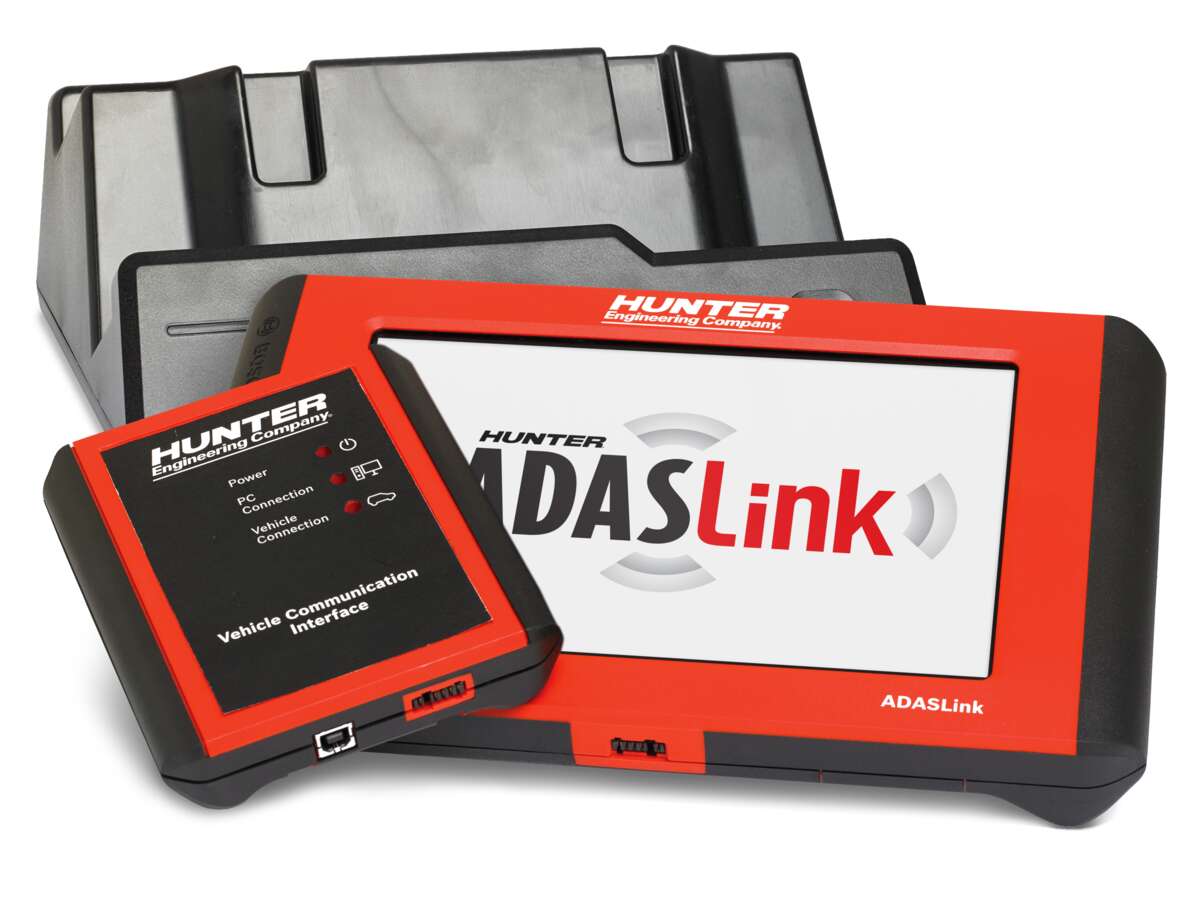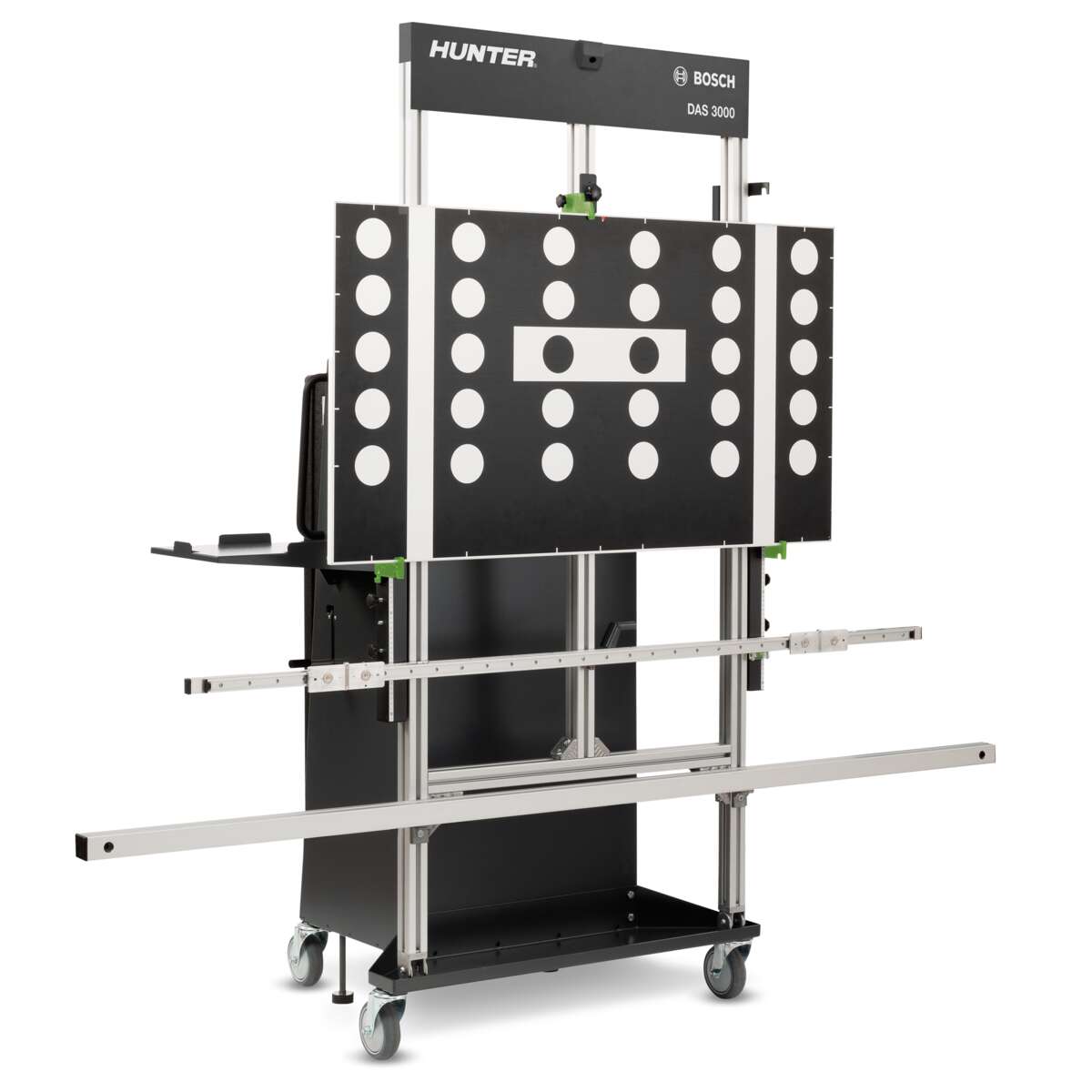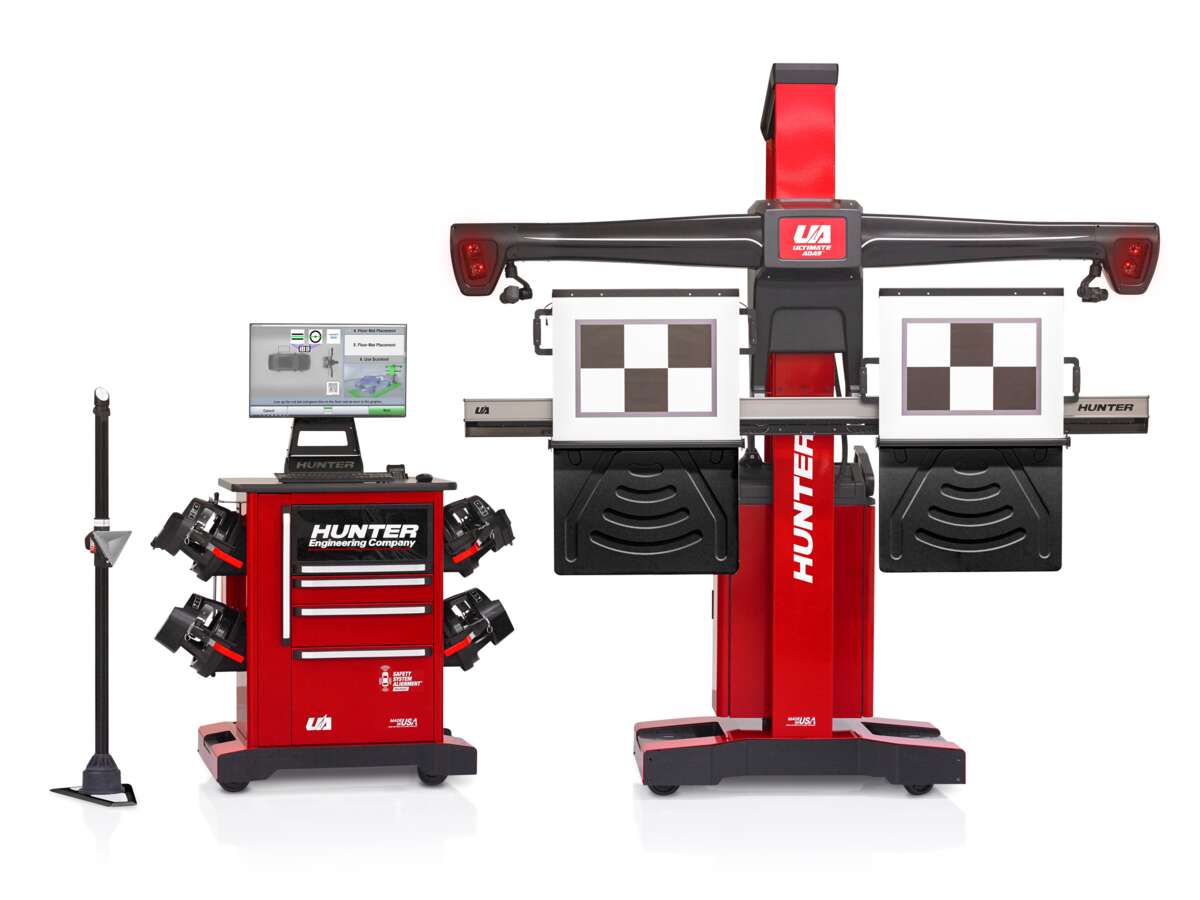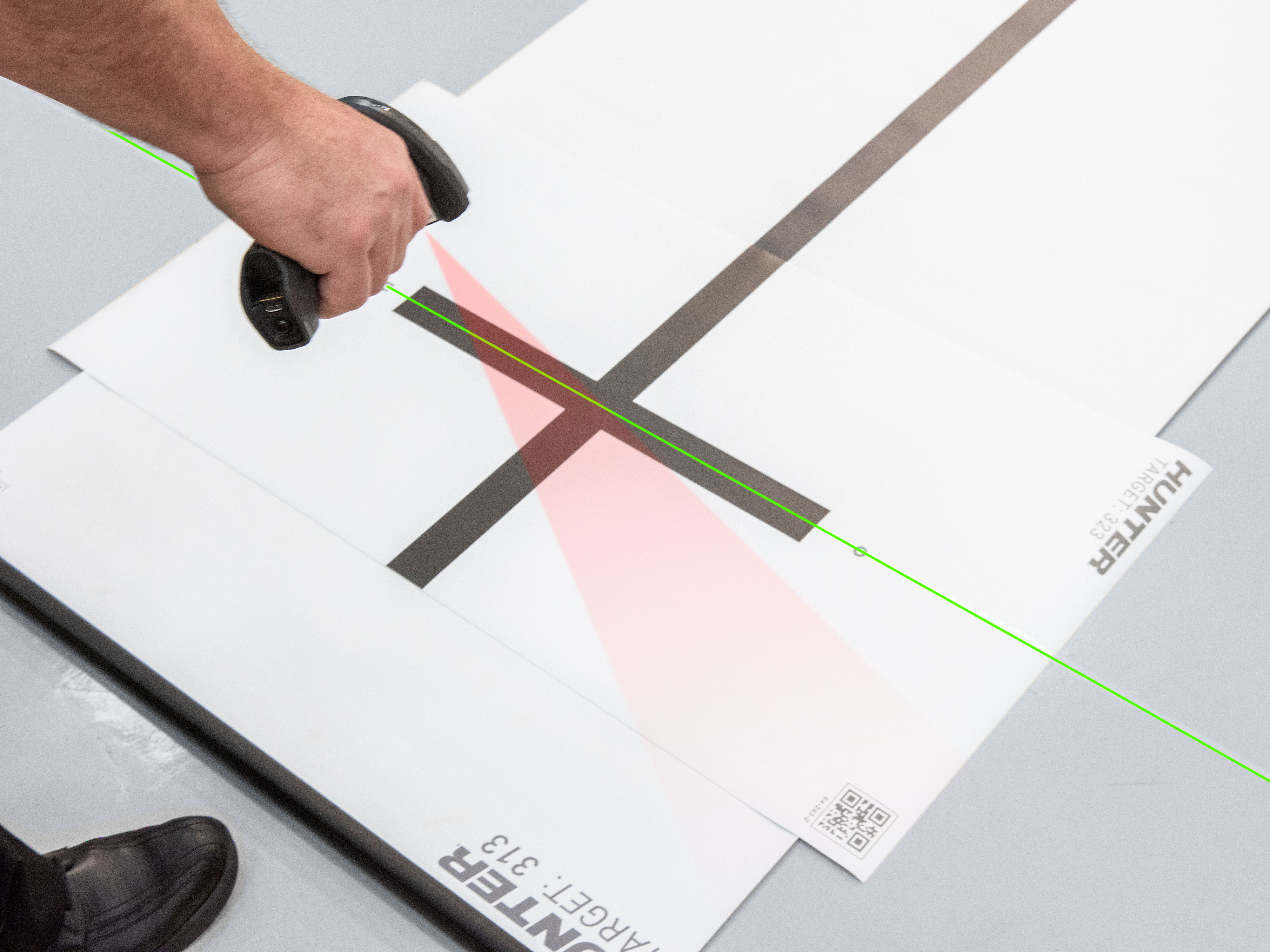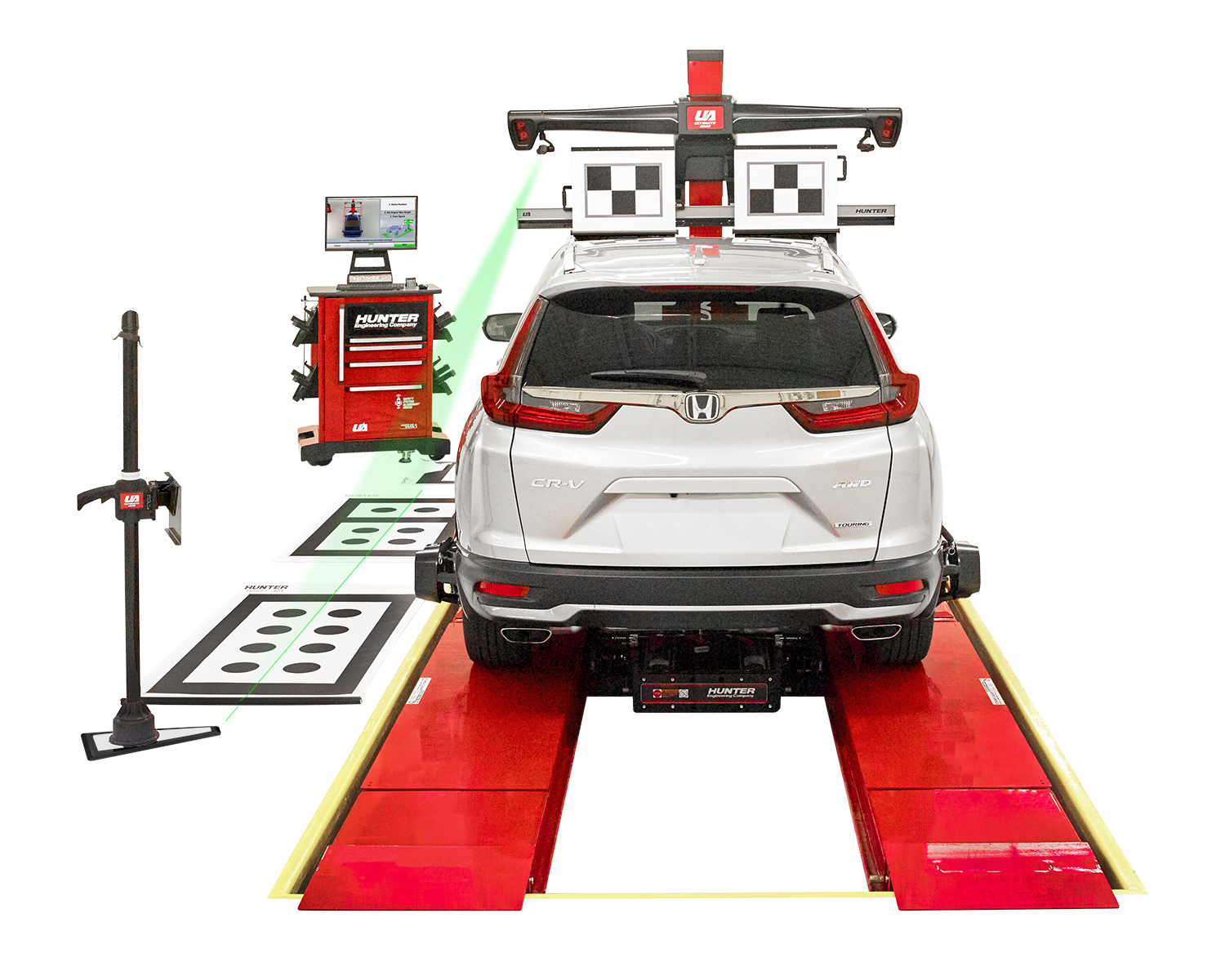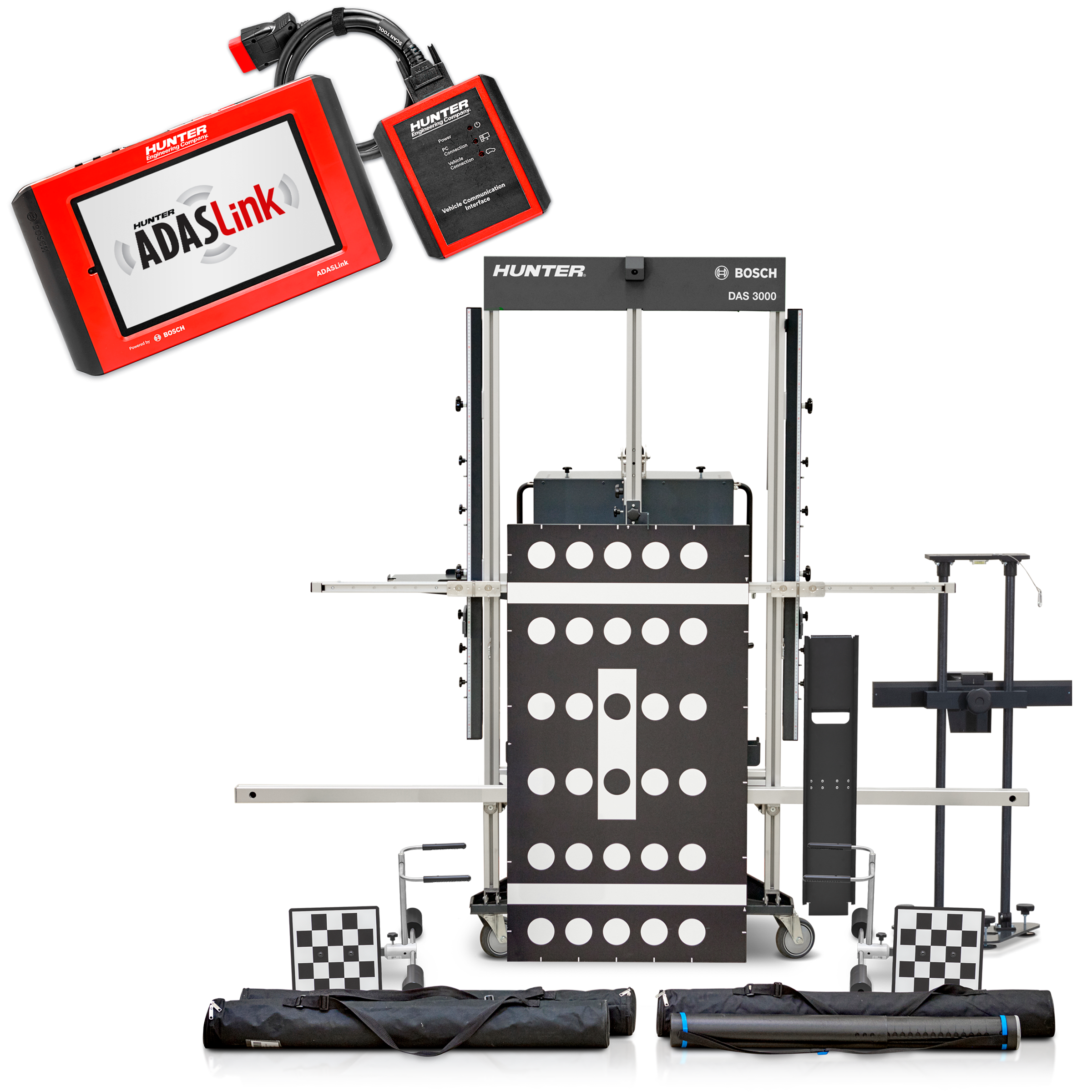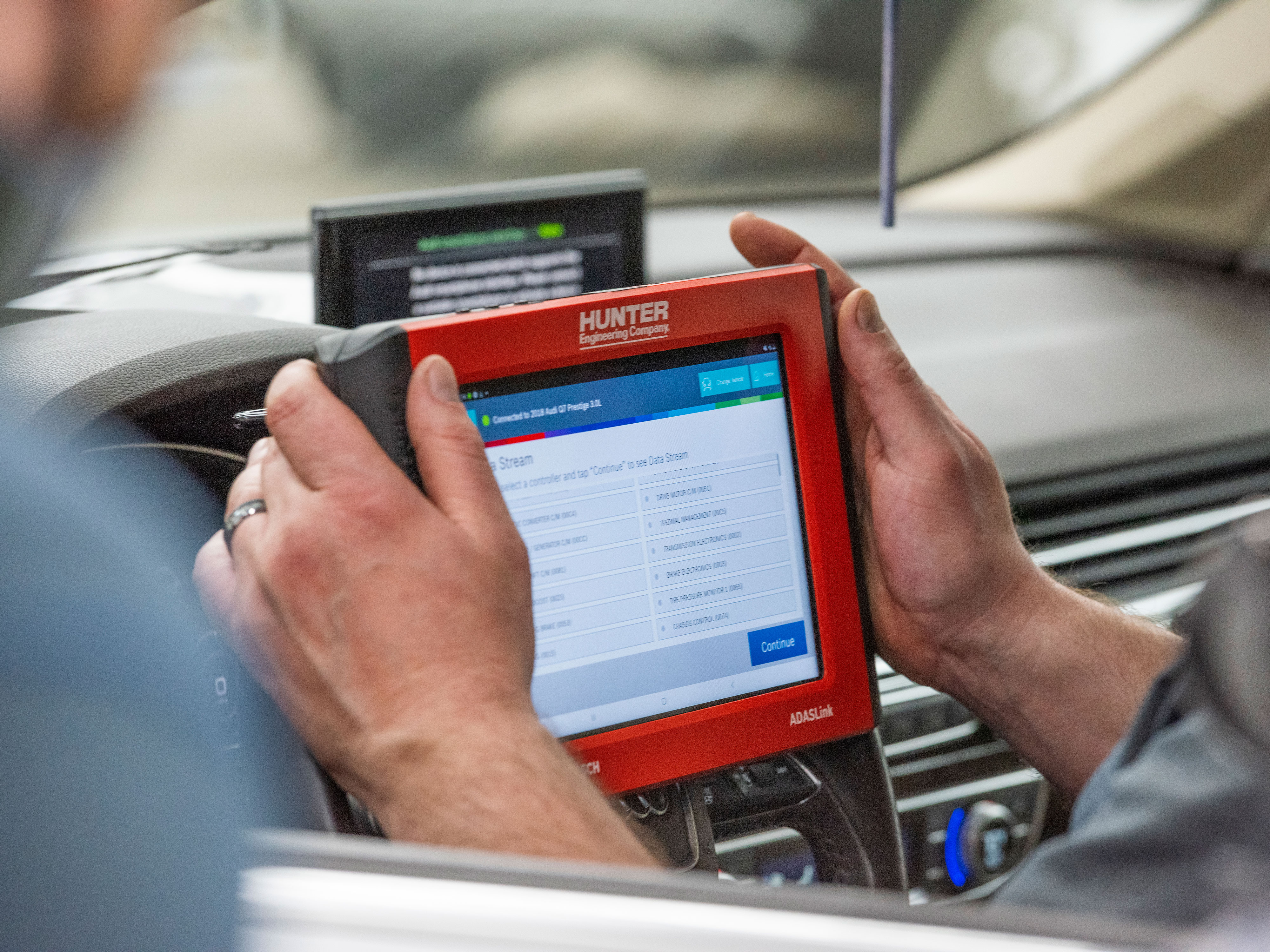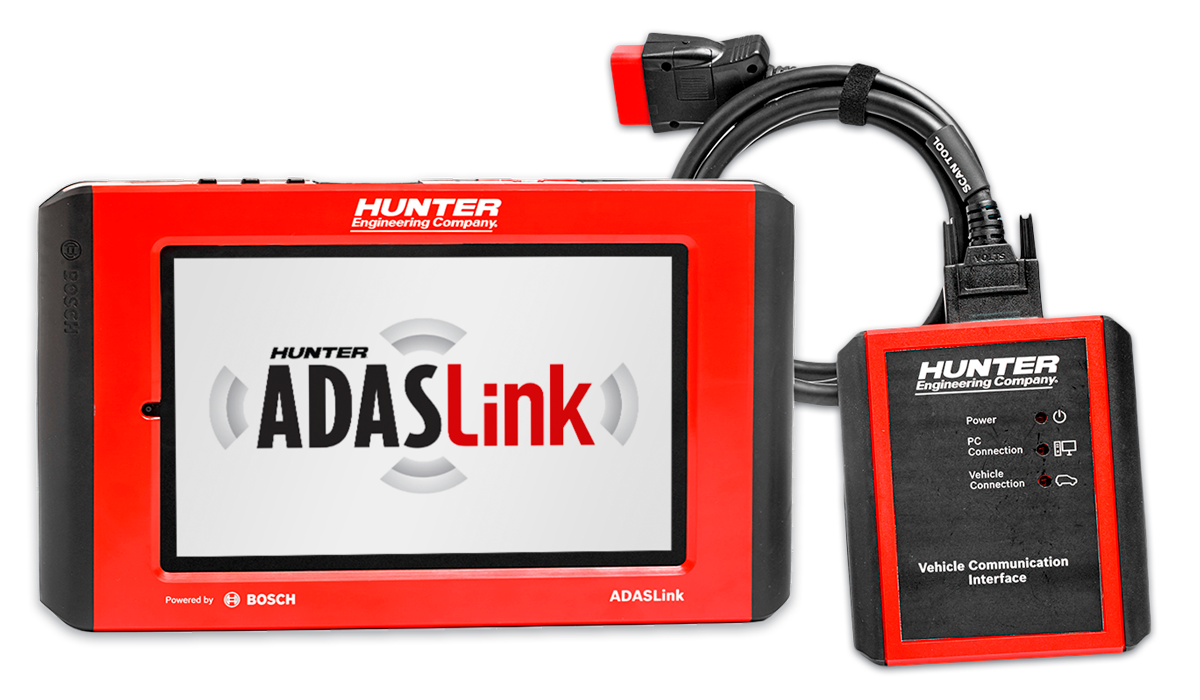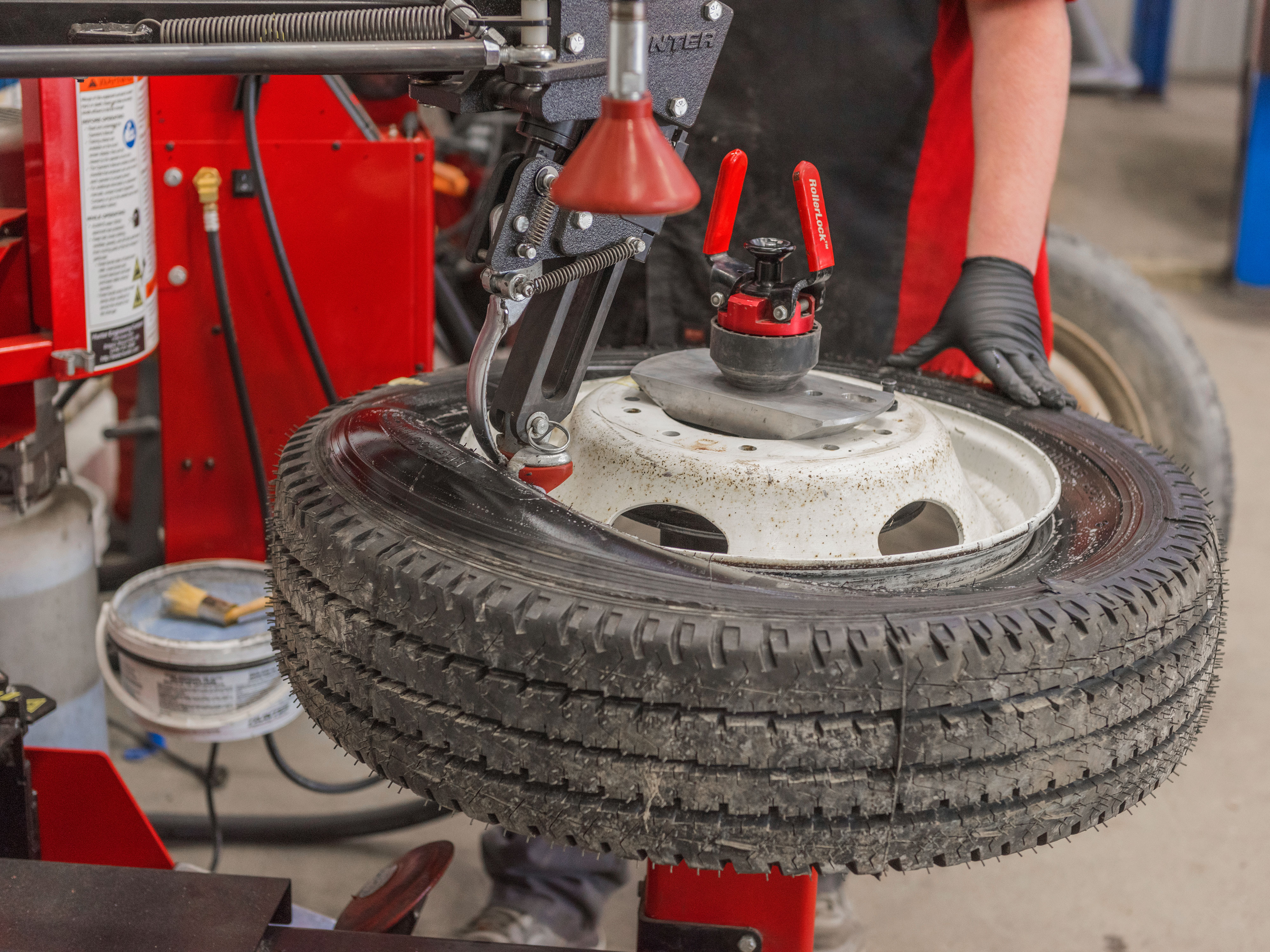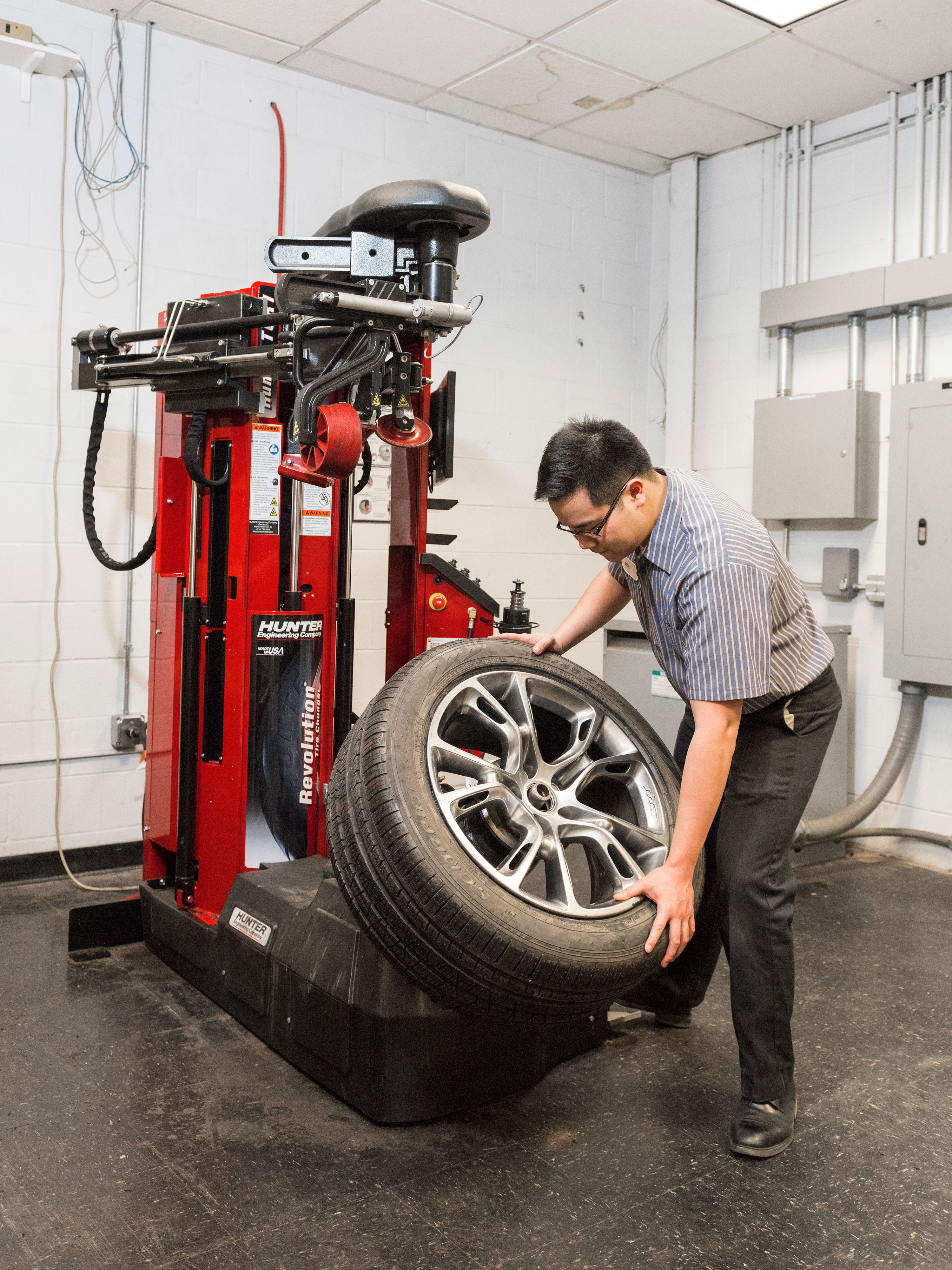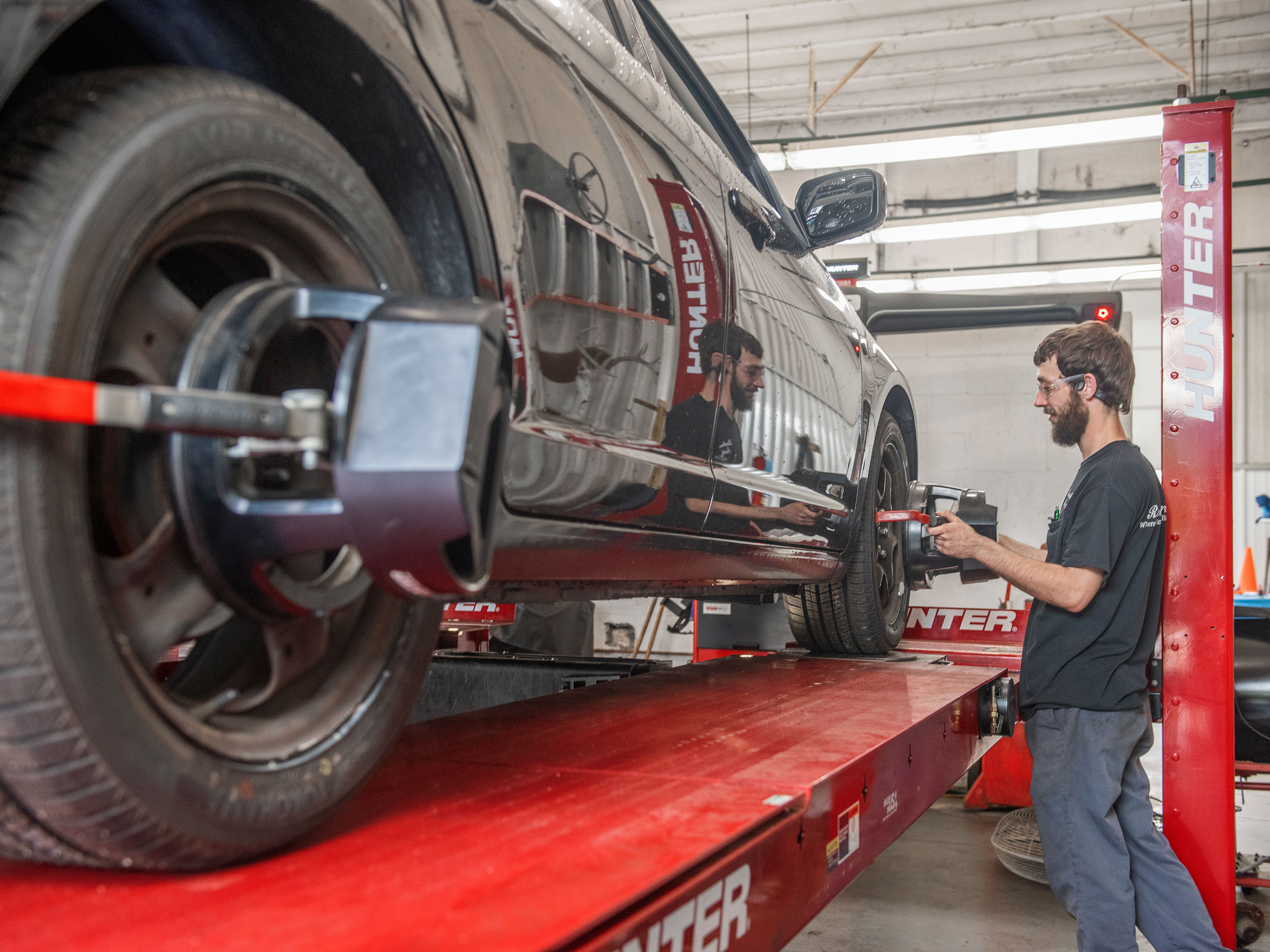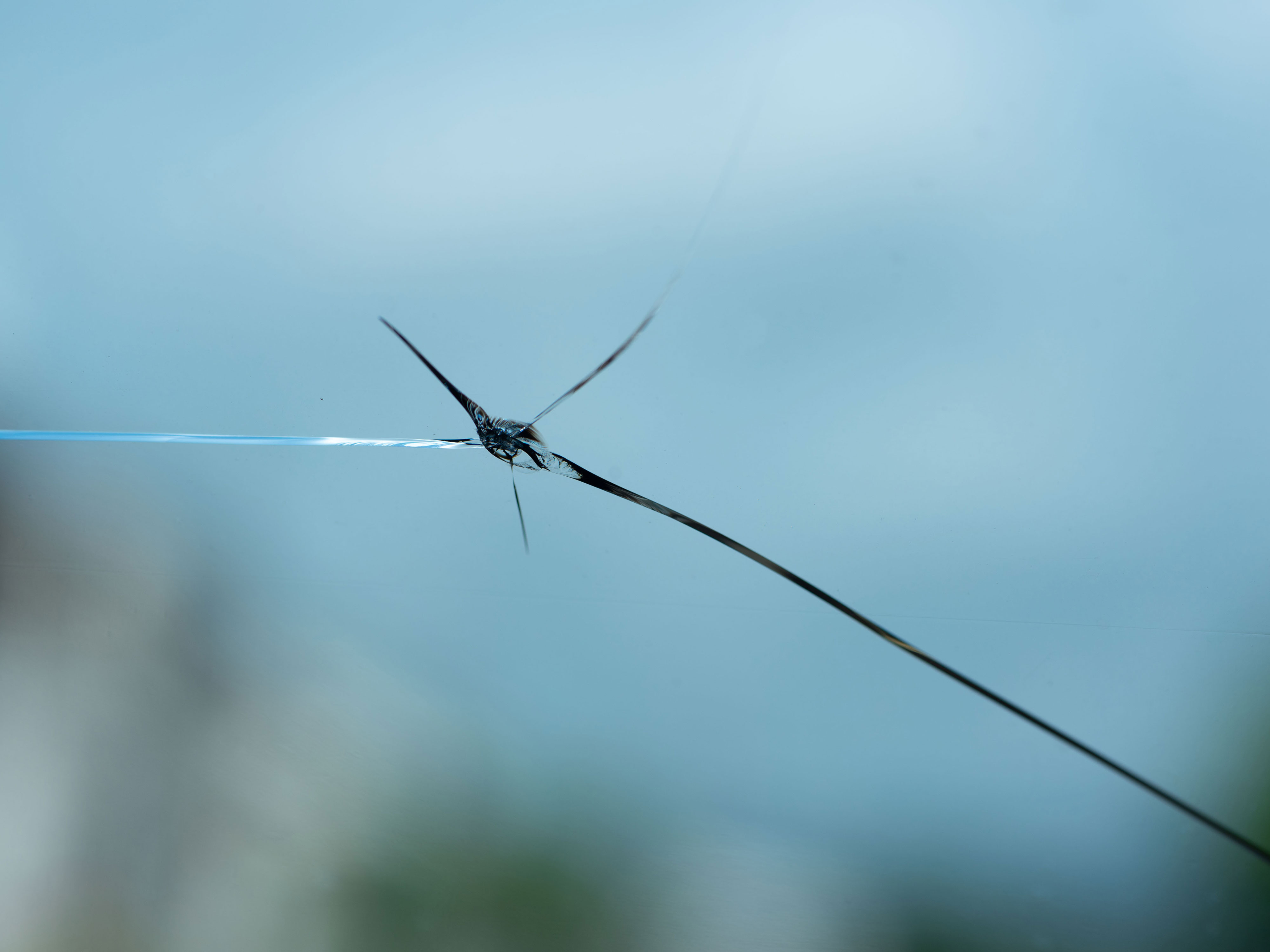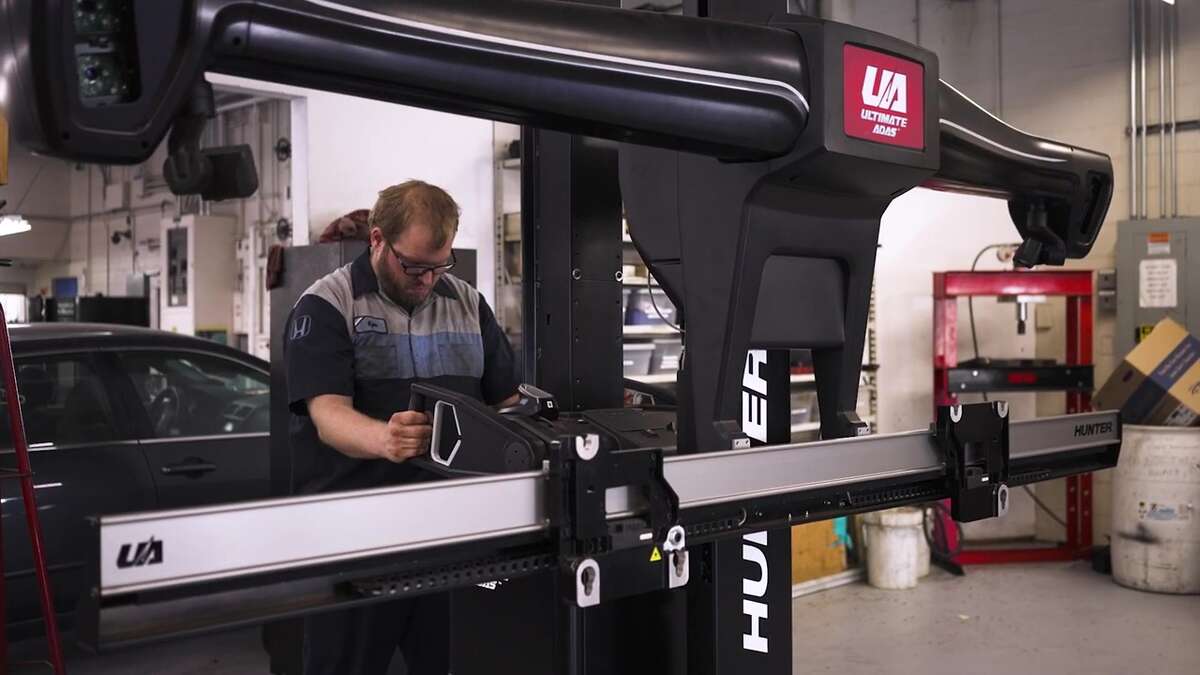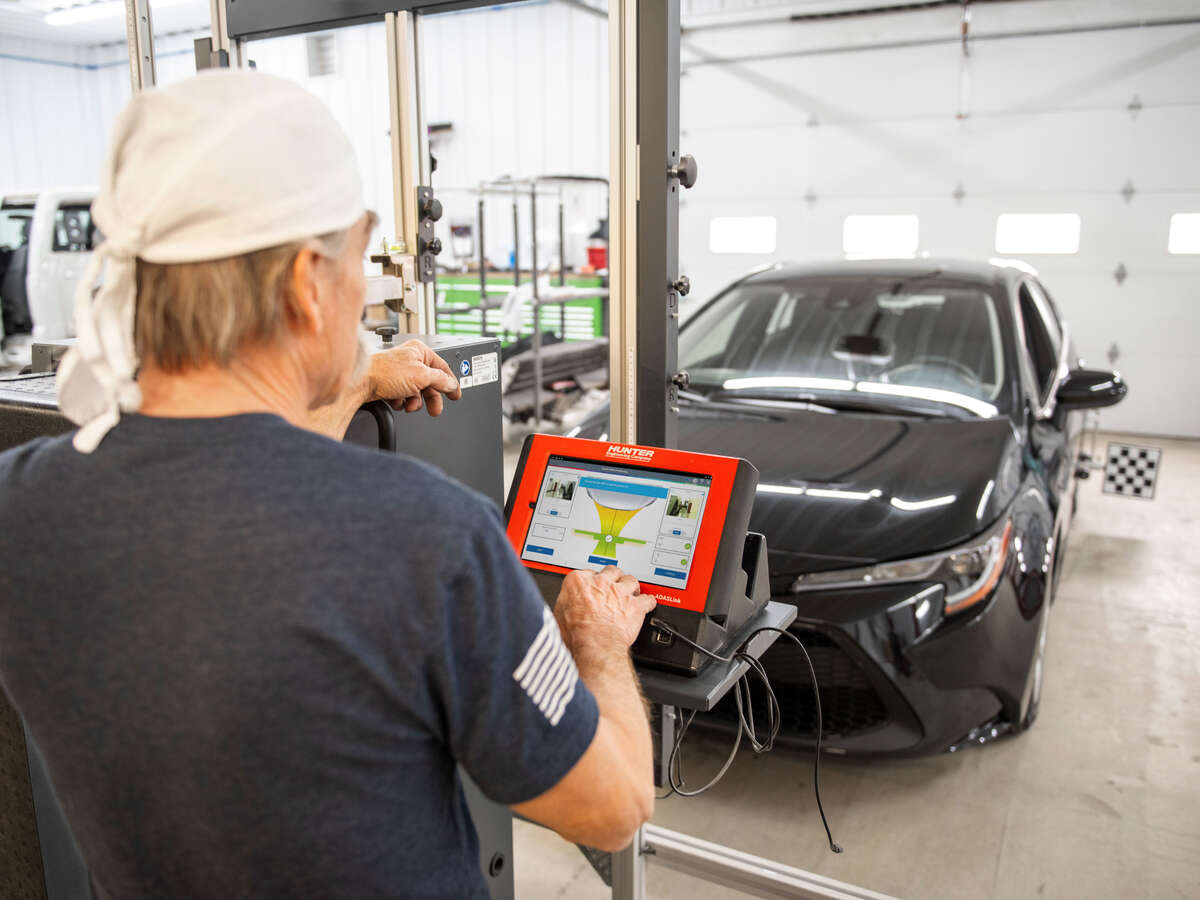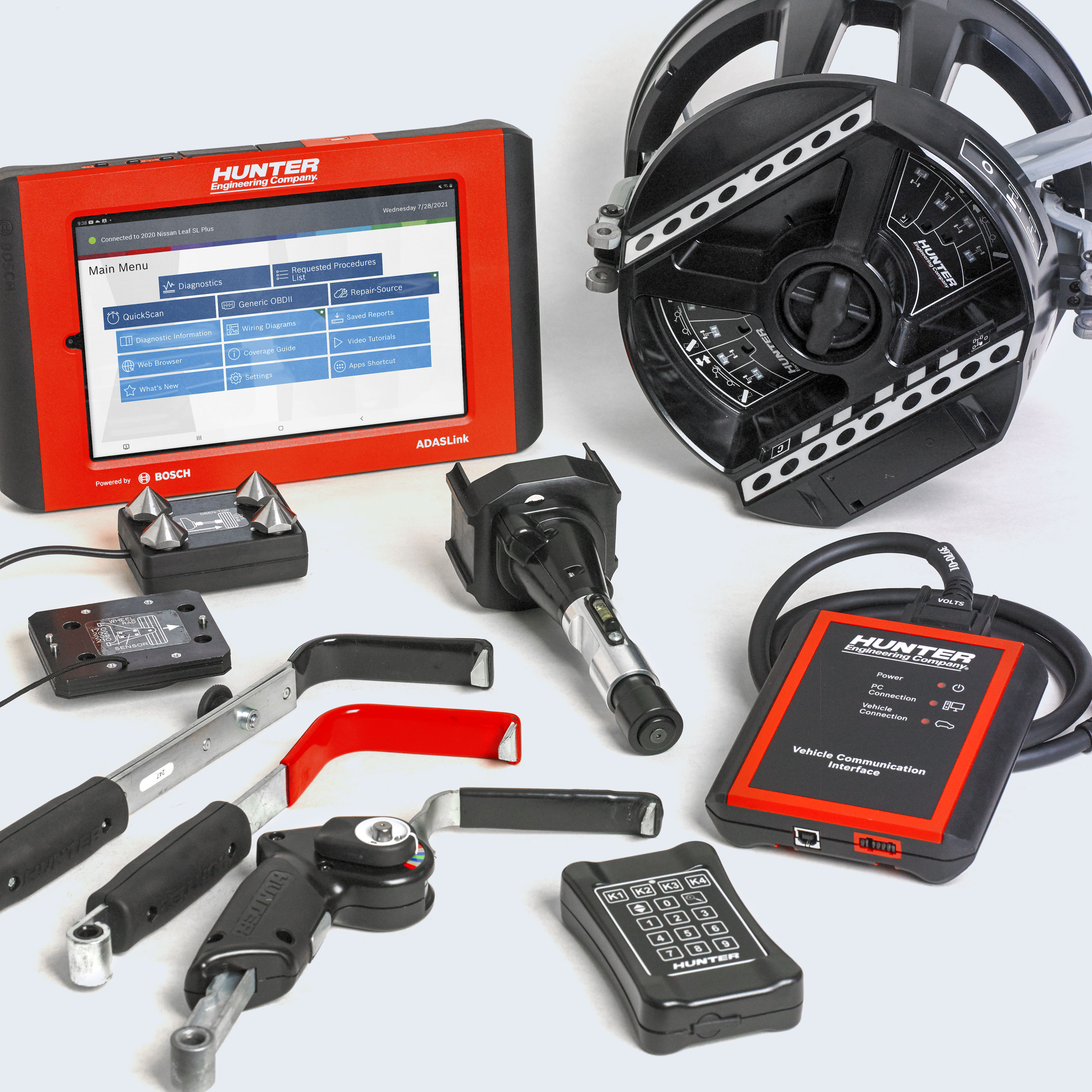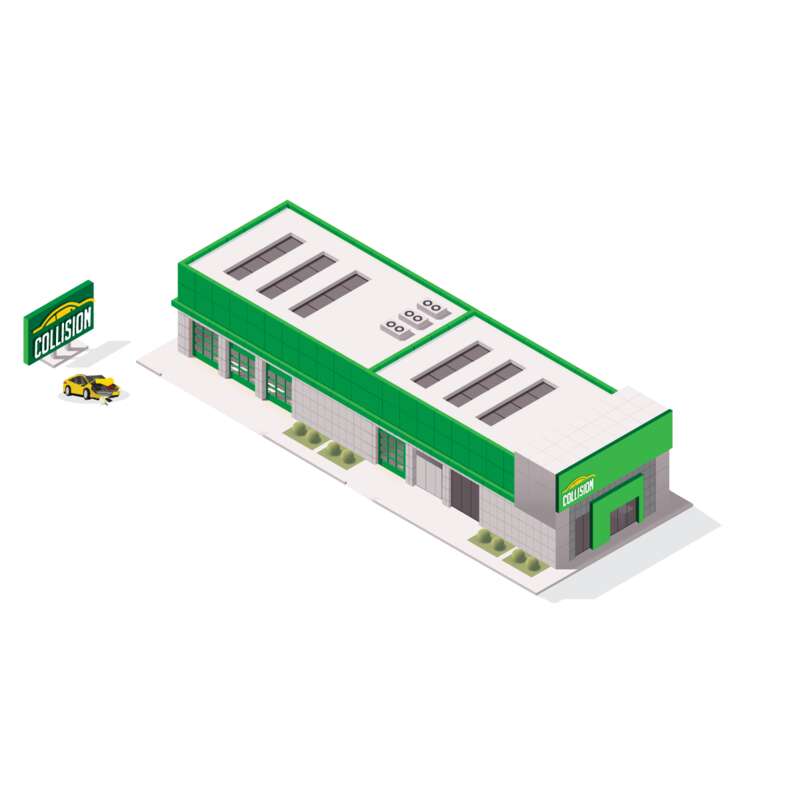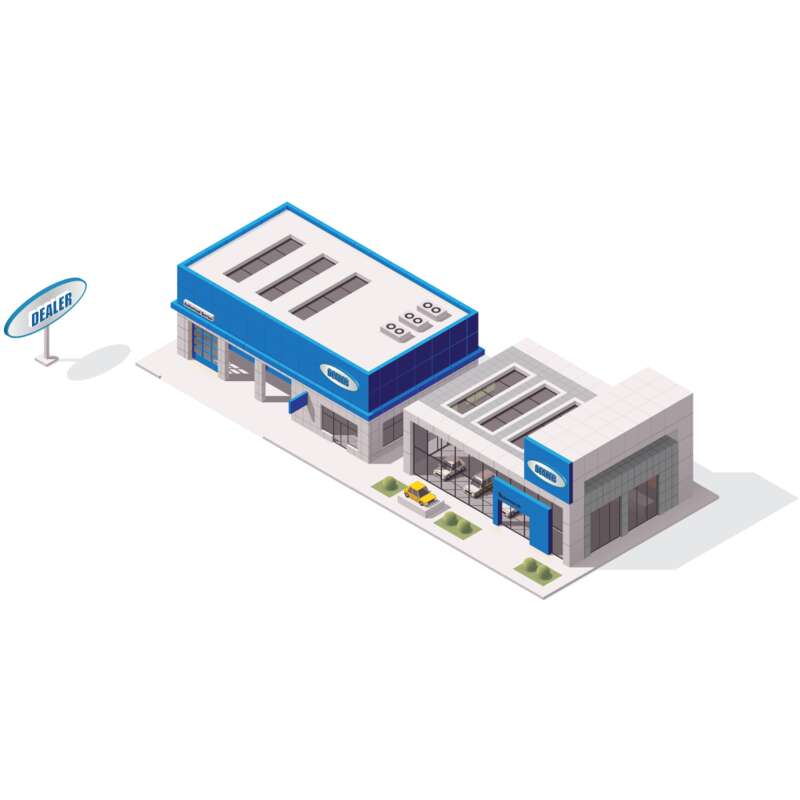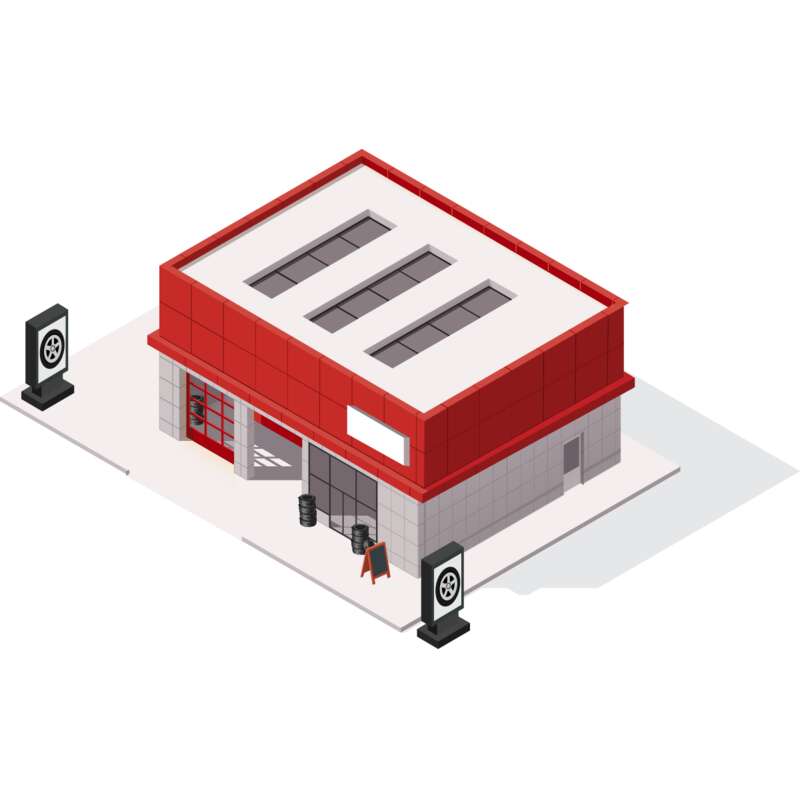
Auto Repair Shops & ADAS Calibrations
It's time to offer ADAS calibration service with confidence. Here is why you want to stay ahead in the evolving auto repair industry.
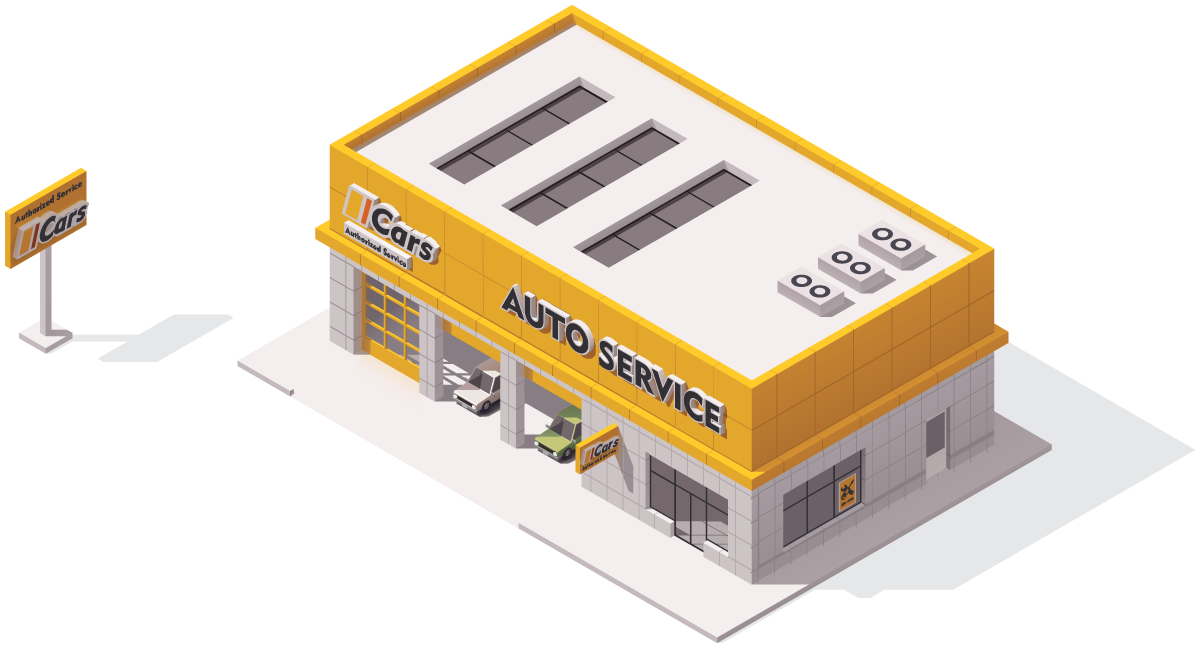
Auto Repair Shops & ADAS
/
ADAS is a never ending source of work, and it starts now
ADAS (or Advanced Driver Assistance System) is an increasingly common feature on almost all new vehicles. It’s also a big opportunity for any auto repair shop looking to grow its business. That’s because ADAS components require calibration whenever they’re disturbed in any way, resulting in a steady stream of ADAS work that will only increase in the future. Repair shops are well positioned to perform this profitable work and deliver the best customer service.
How to get started doing ADAS calibrations
Keep ADAS Work In-House
Discover the top reasons why tire shops should be performing in-house ADAS calibrations.
Tap into Growing Market
Complement Existing Services
Provide OEM required service
Enhance Vehicle Safety
New Revenue Opportunity
Customer Loyalty
Future Proofing your shop
Stay Ahead of Competition
Calibration Profit Opportunities
Explore what your shop can charge for ADAS Calibrations.
(All prices are based on estimates and are subject to shop discretion)
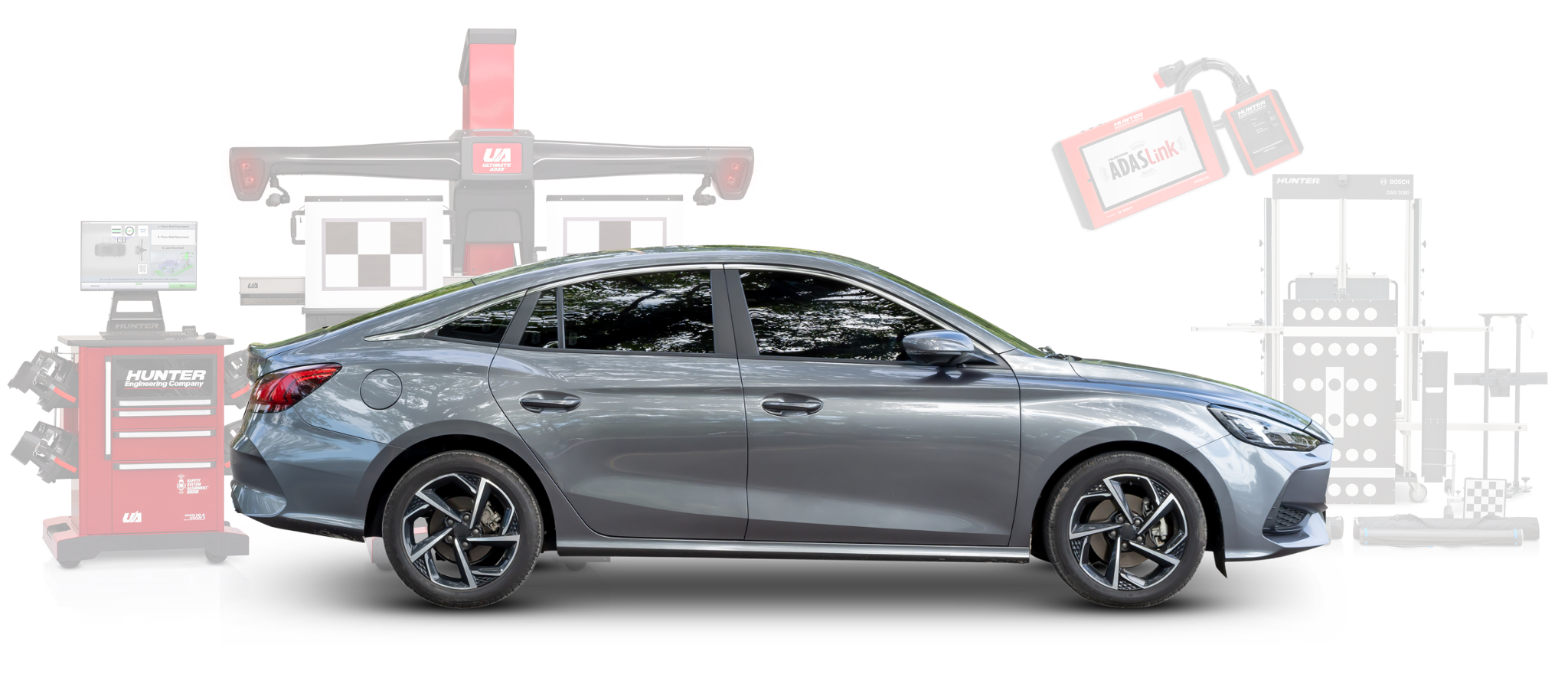
Windshield Camera Sensors
Labor Hours: 3.3 + Labor Cost: $110
= ~ $363
Rear Radar Sensors
Labor Hours: 1.6 + Labor Cost: $110
= ~ $176
Front Radar Sensors
Labor House: 1.6 + Labor Cost: $110
= ~ $176
Ultrasonic Sensors
Labor Hours: 1.6 + Labor Cost: $110
= ~ $176
Side Mirror Sensors
Labor Hours: 3.3 + Labor Cost: $110
= ~ $363
Rear Cameras
Labor Hours: 3.3 + Labor Cost: $110
= ~ $363
Sources: NewsRoom.AAA.com, 2019 AAA Driving Costs Study, 2020 CCC Intelligent Solutions Study
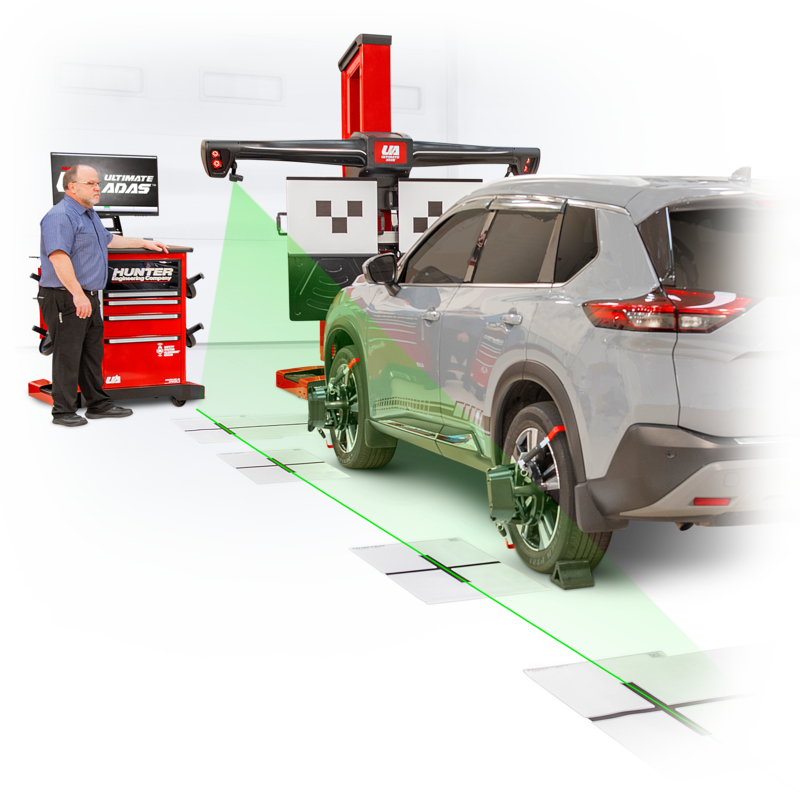
25+ million vehicles with static or dynamic calibration procedures






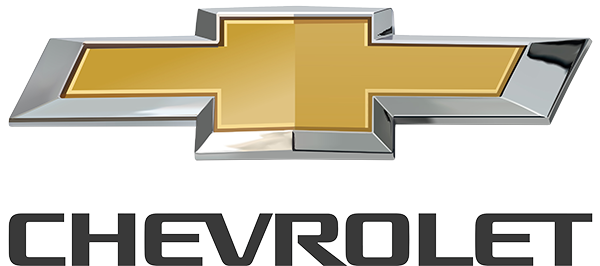

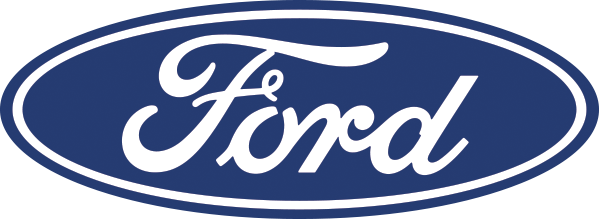


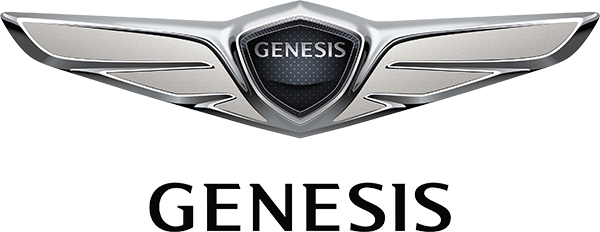



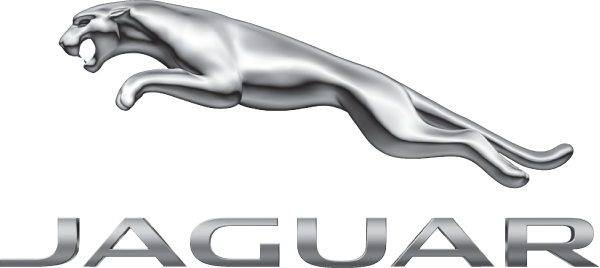


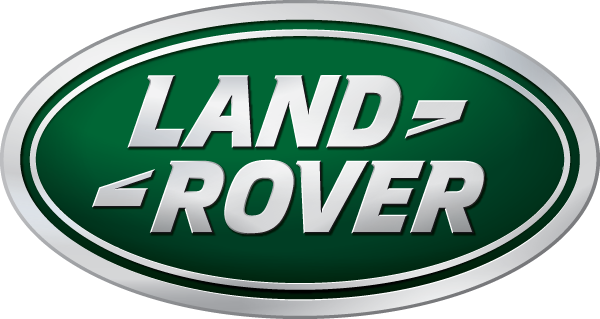





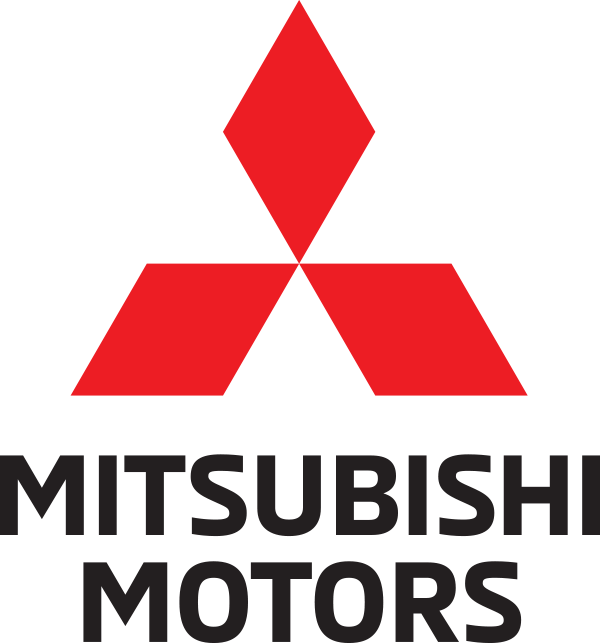

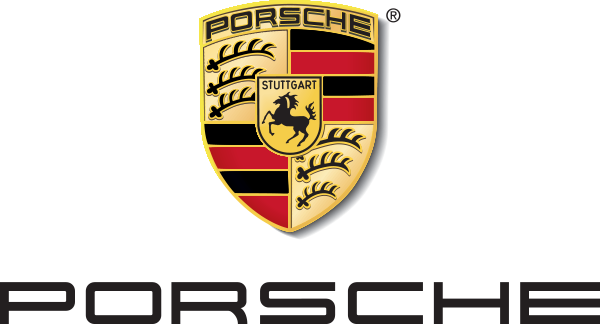

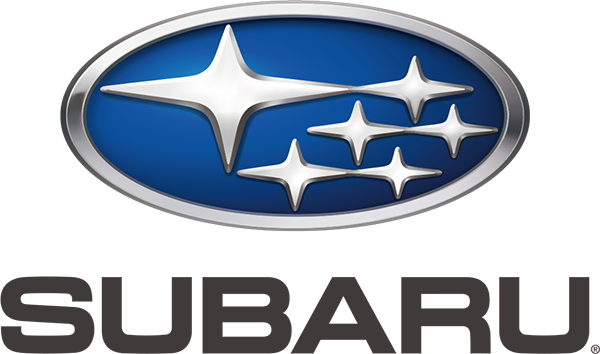
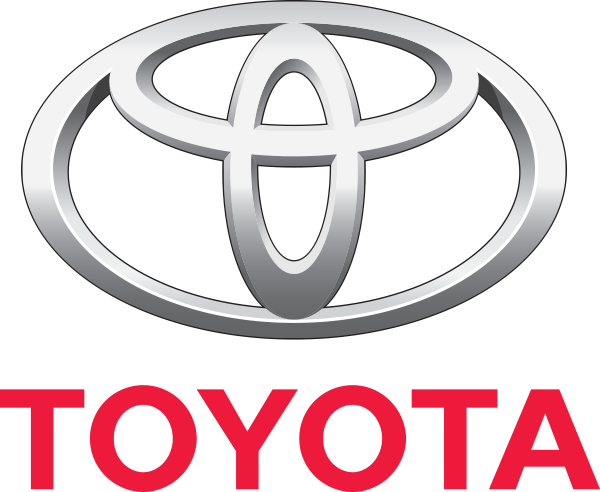


Performing ADAS Calibrations
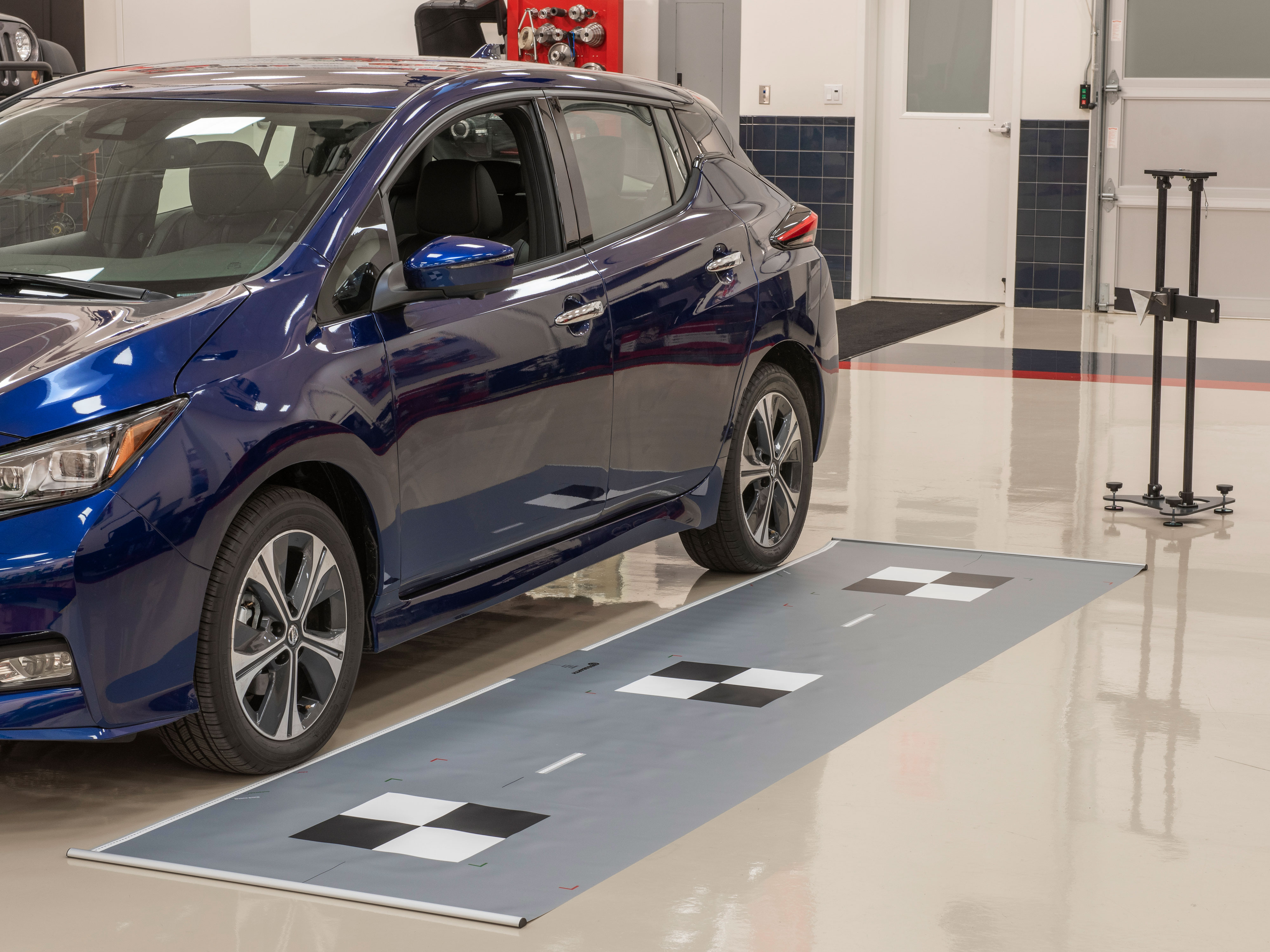
Static adas Calibration
This type of calibration is specifically tailored for a workshop environment.
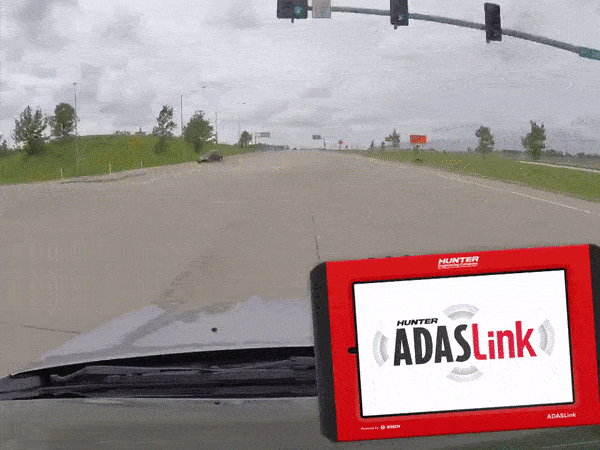
Dynamic adas Calibration
Dynamic calibration refers to calibrations performed when the vehicle is driving, or in motion.
ADAS Calibrations & General Repair Services
Integrating ADAS calibrations based on services you are already performing.
You're already doing the work, just add the calibration! No extra Space needed
Most vehicles will not need all ADAS functions adjusted at the same time, so simultaneous front, side and rear views are rarely necessary. When multiple systems do require service, the vehicle can be repositioned within the existing space for each individual calibration.
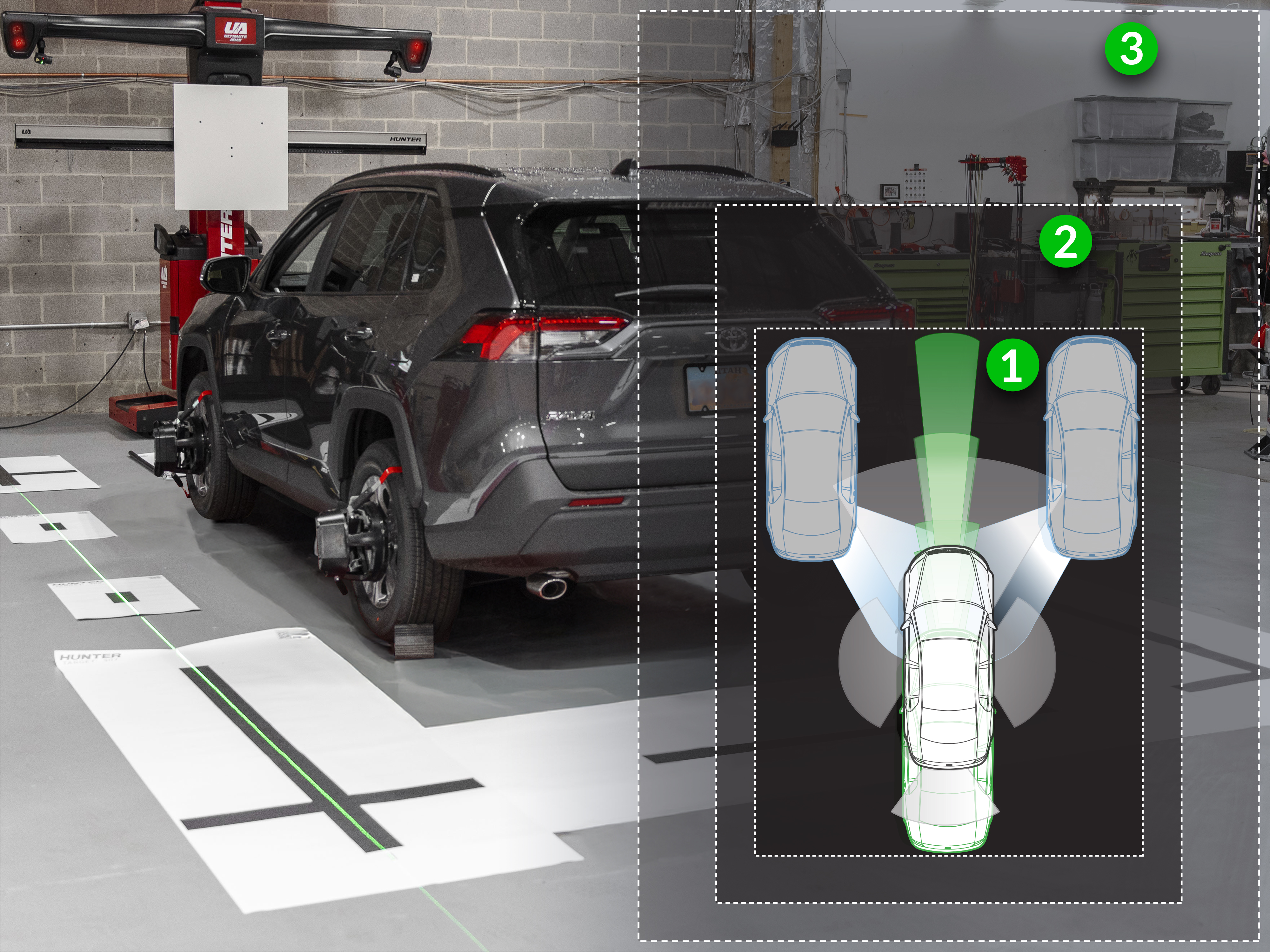
The Proof is in the Printout
Provide your customers with solid evidence that they are getting the best service possible. Printouts can assist in proving warranty work, recording proper vehicle calibration by displaying exact target placement relative to the vehicle, as well as showing that the correct target was used and confirmed. These results can also be accessed online using HunterNet® 2.
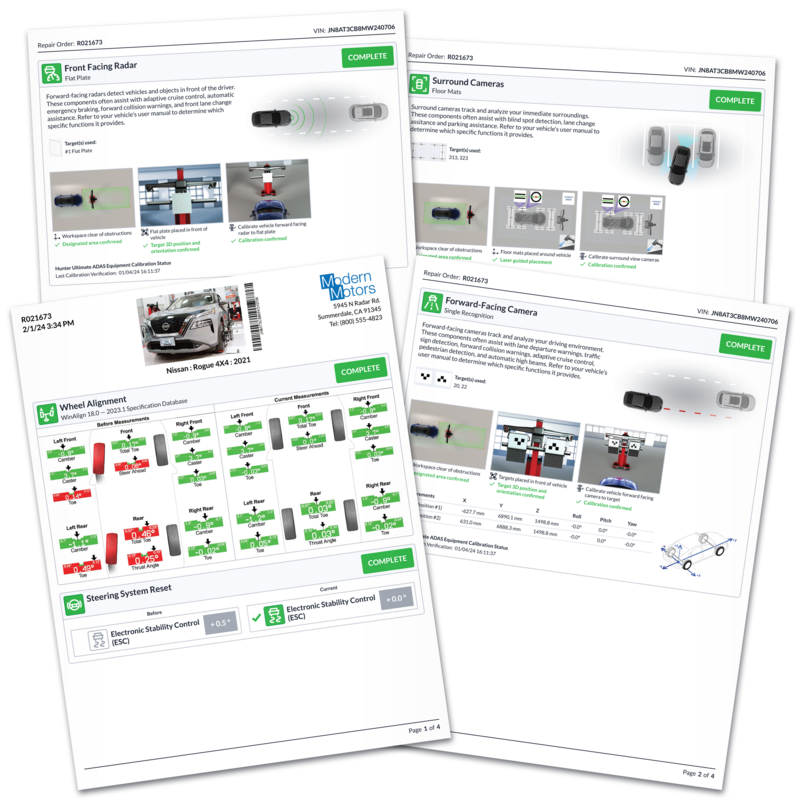
Coming Soon!
Talk to your Customers about ADAS
Learn how to inform and educate your customers about the necessity of ADAS calibrations.
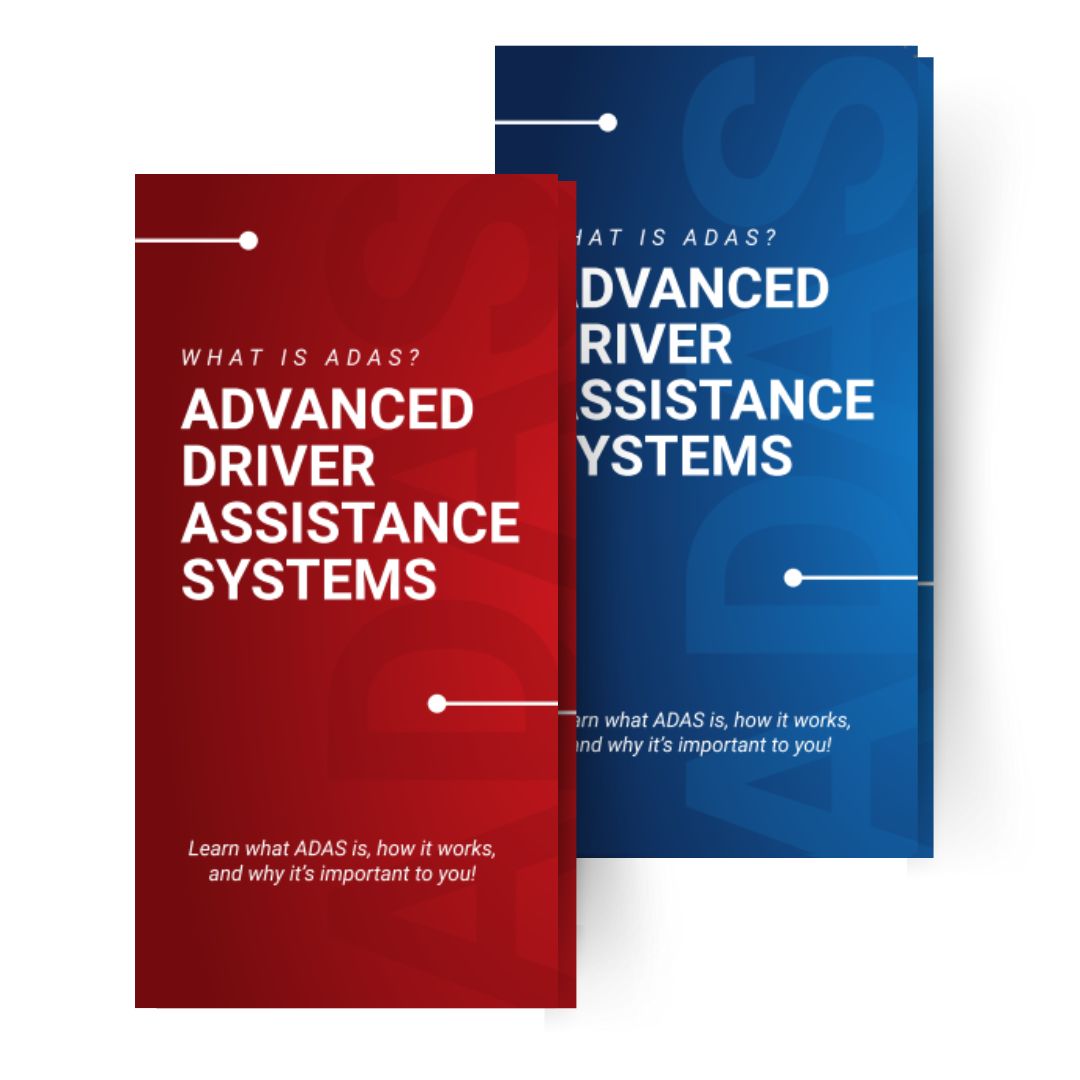
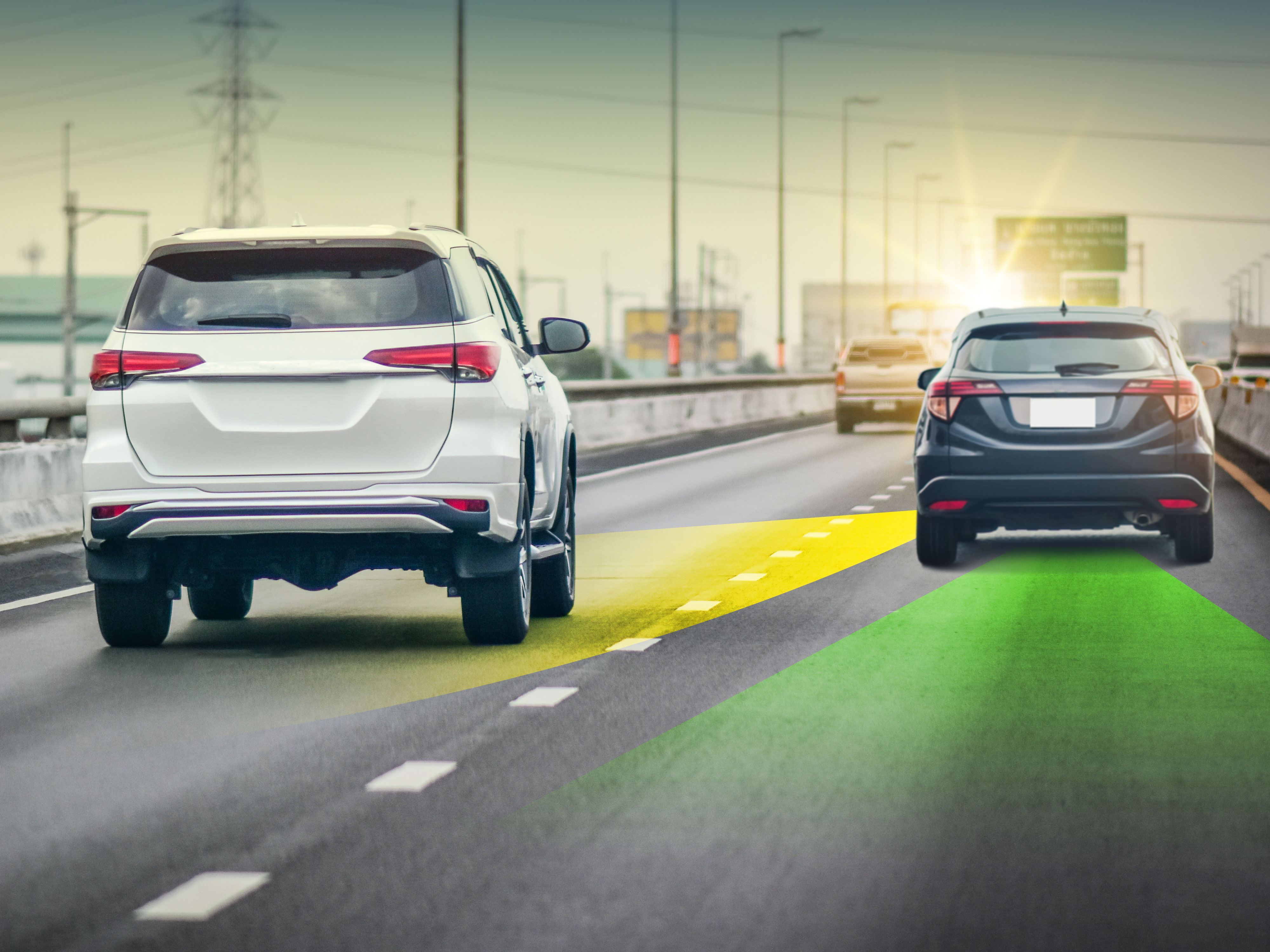
What is ADAS?
Learn the Basics
Read all about ADAS technology, including common terminology and explanations of buzzwords within the field.
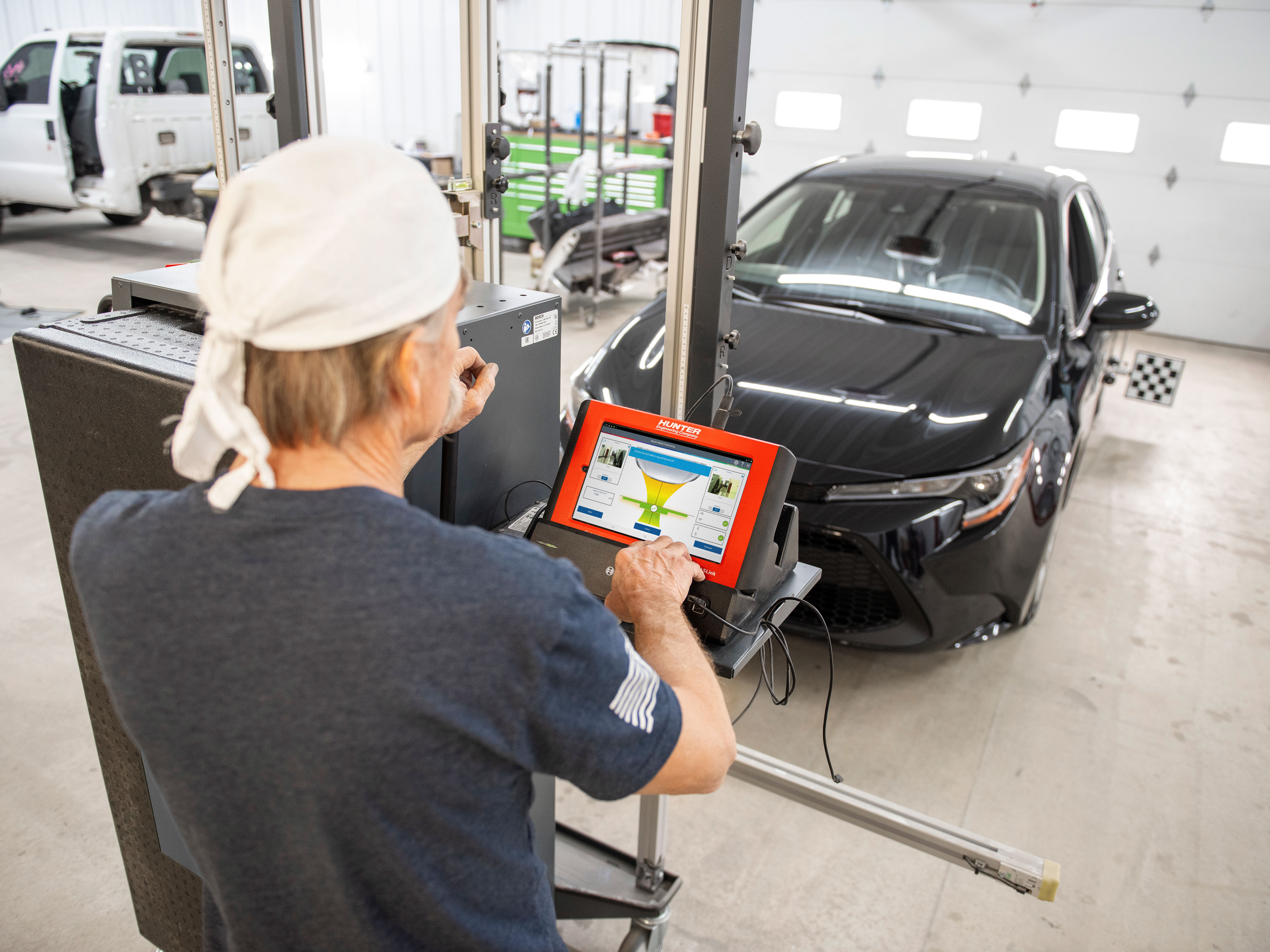
Why Auto Repair shops should invest in ADAS
Fender Bender
From Alignment Acorns, Mighty ADAS Oaks Grow...
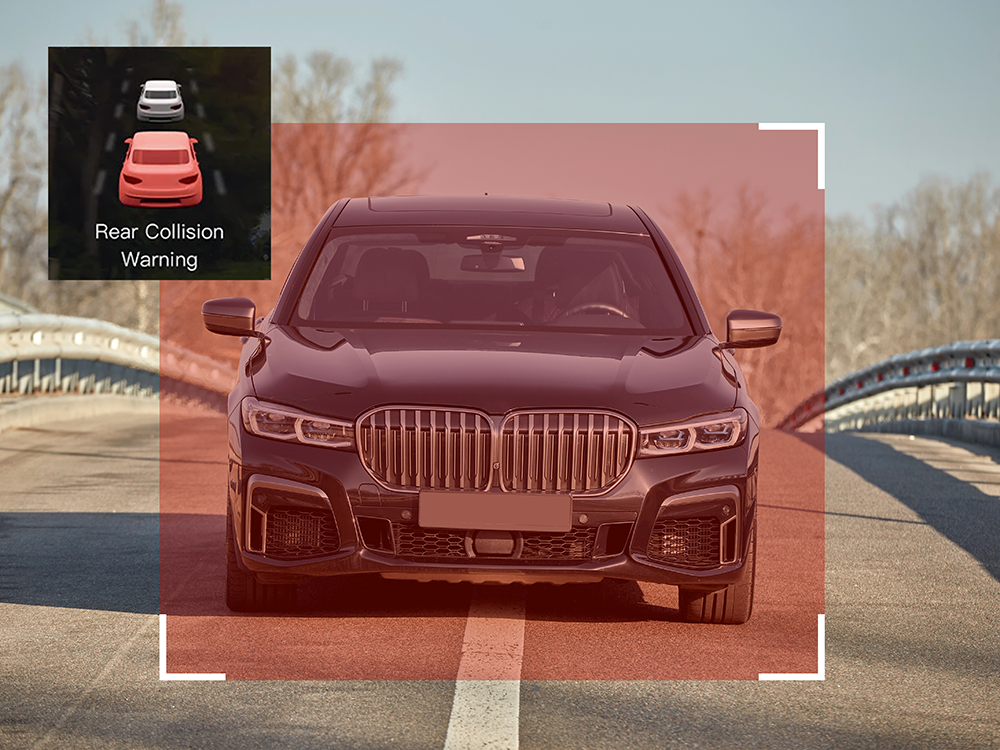
Five Things to Know About ADAS
ADAS & ADAS Calibrations
Driver assistance systems aren’t new, but they’re more popular than ever. Here’s what you need to know.
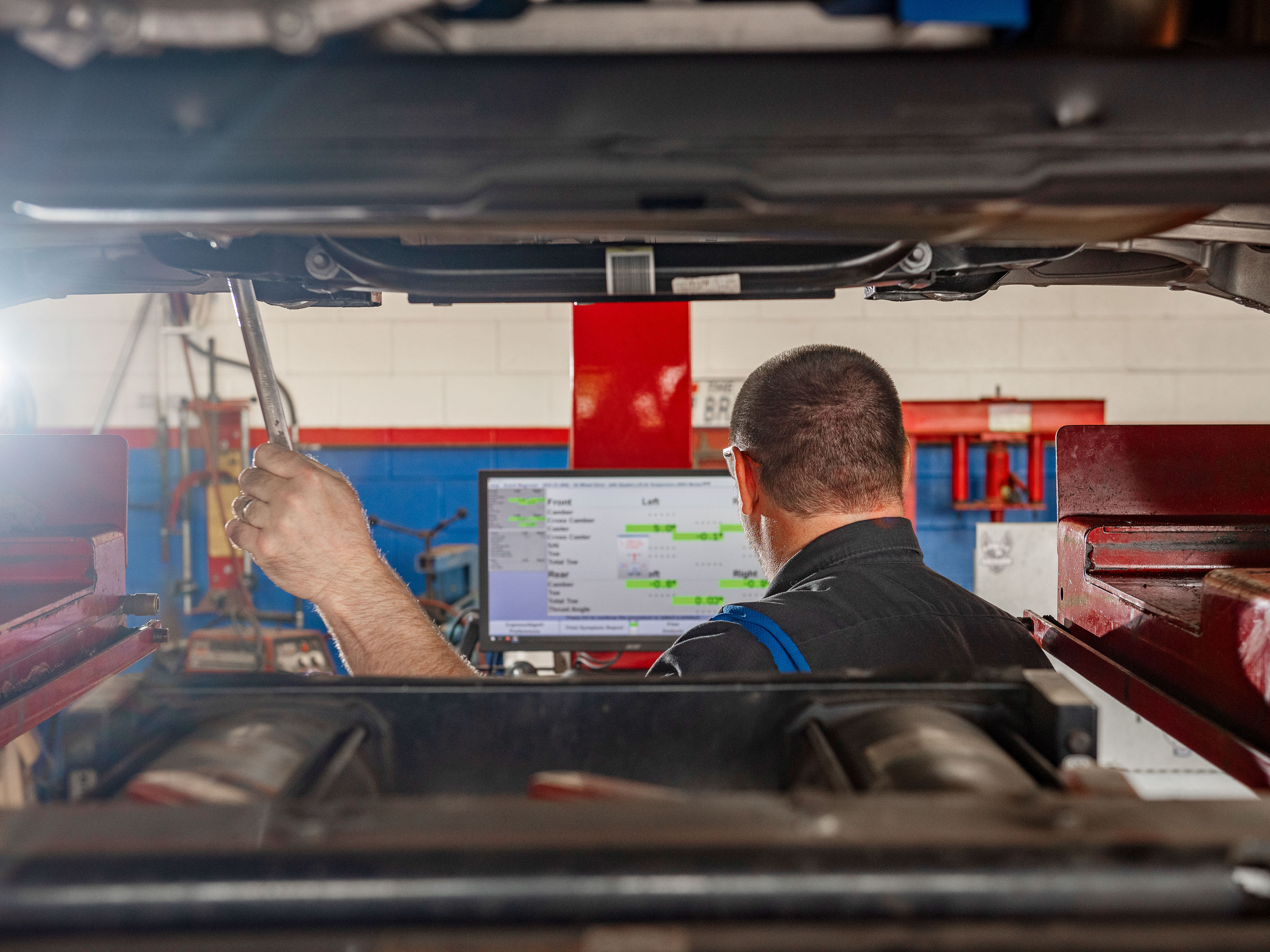
Connecting like Puzzle Pieces
ADAS & Alignment
Wheel alignment and ADAS calibration connect like pieces in a jigsaw puzzle. If you don't know where the wheels are going...

ADAS Learning Tool
Branded ADAS Systems
Use Hunter's new fully interactive ADAS Learning Tool to better understand ADAS.
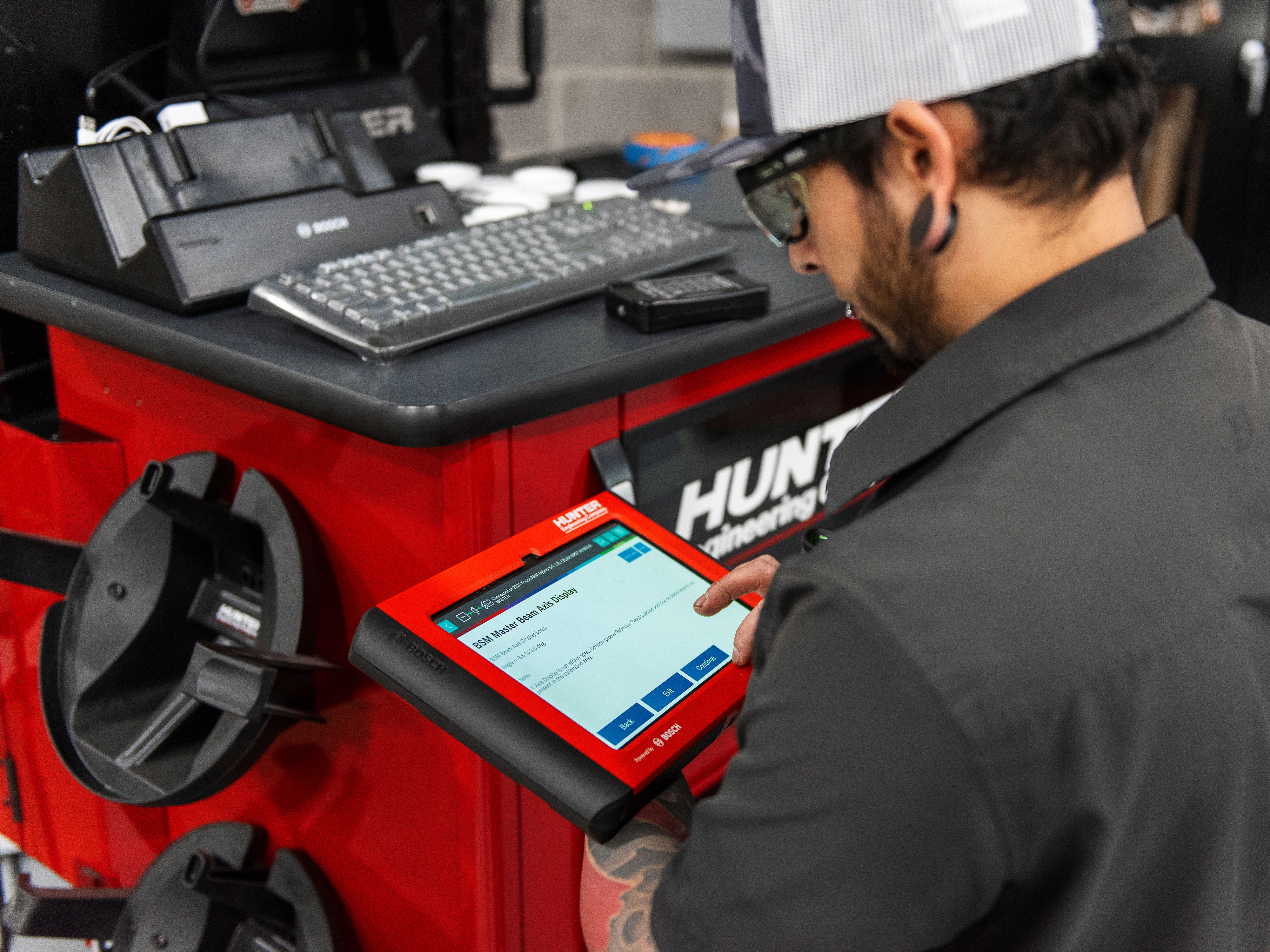
Flipping the ADAS switch
Tire shops are a natural habitat for ADAS calibrations. Invite them in.
When you think of a tire shop, you think of an alignment system. And when you think of an alignment system, you think of ADAS calibrations.
OK. Maybe not just yet for tire shops. But...

ADAS: The Next Big Thing In Safety
Safety & ADAS
As technology evolves there's one aspect that can't be taken lightly: safety.
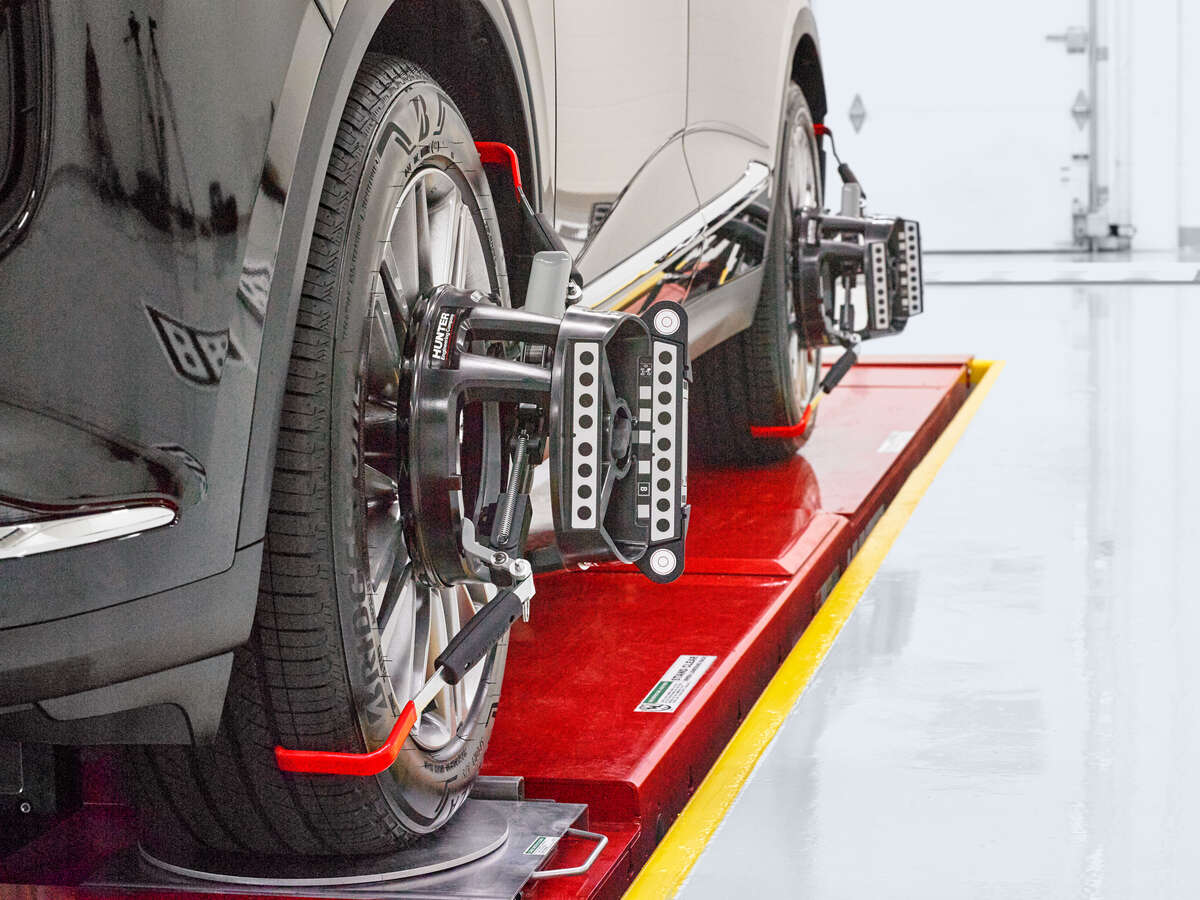
Collision Shops and ADAS: What do the Numbers Say?
Collision shops and ADAS
They say profit is moving in the wrong direction...

Industry Insights ADAS Articles
View more ADAS articles written from Hunter's industry experts.
ADAS Training
Have your technicians prepared and trained in ADAS through Hunter University.
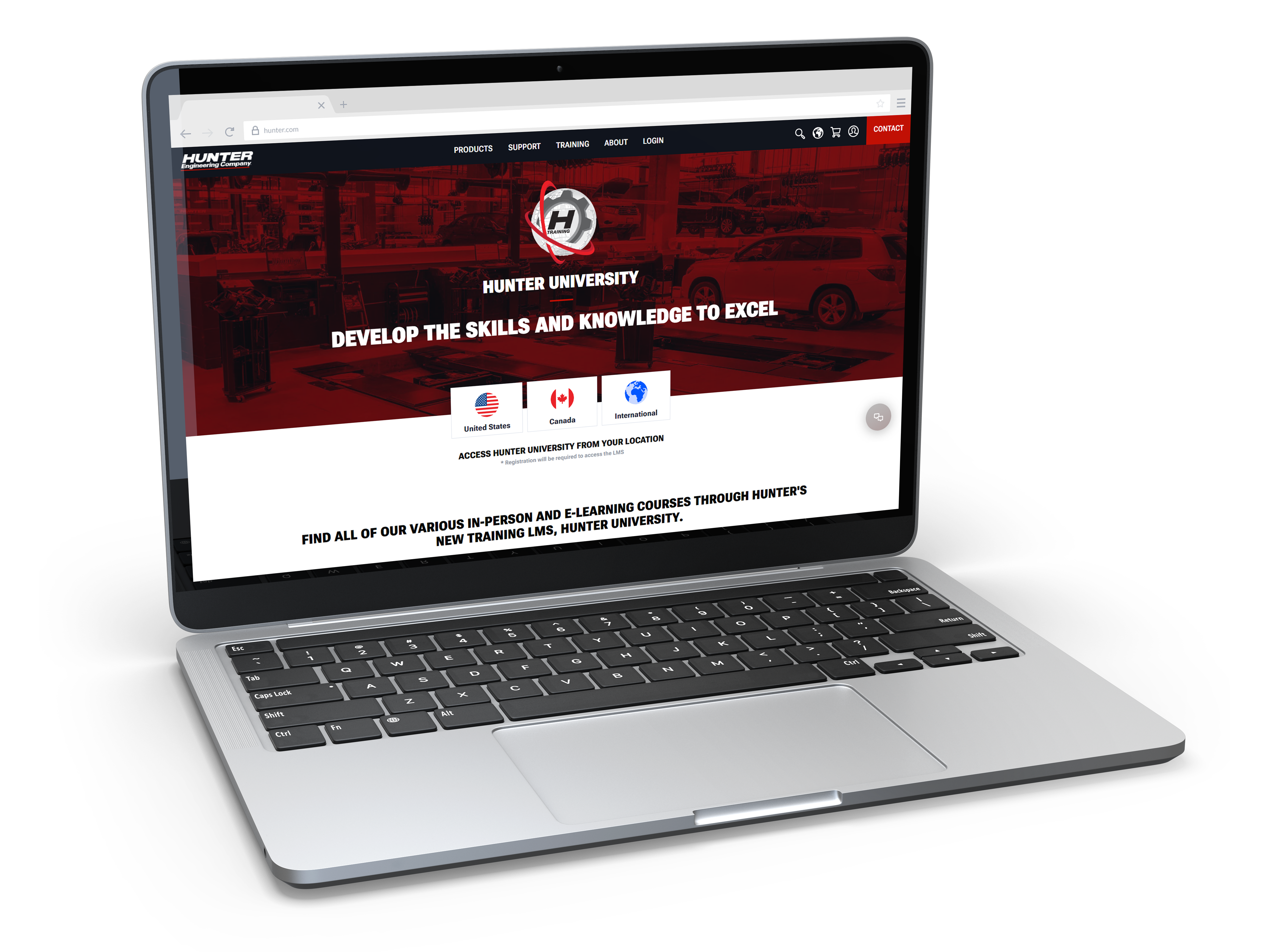
Hunter ADAS Video Hub
From ADAS explainer videos to ADAS operation videos to equipment testimonials. Watch everything you need to know about ADAS.
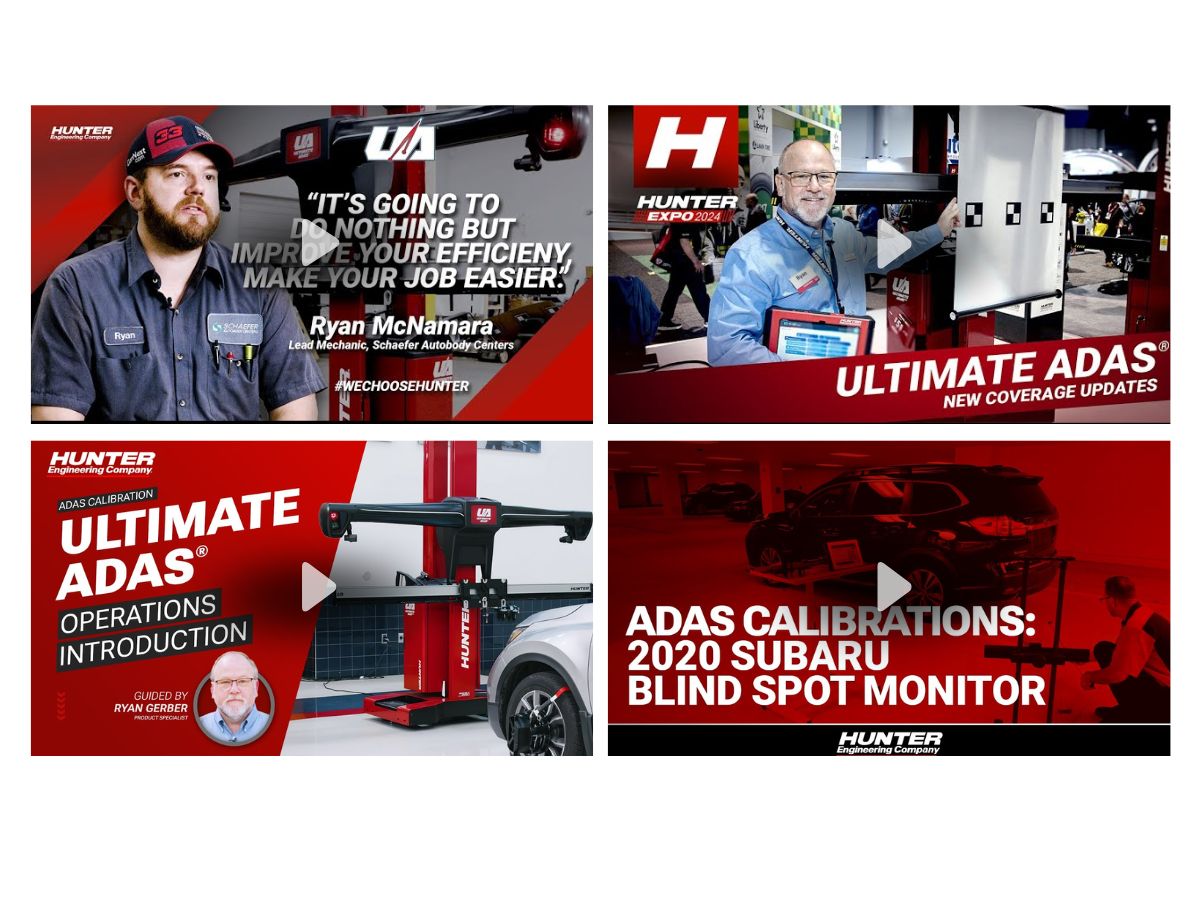

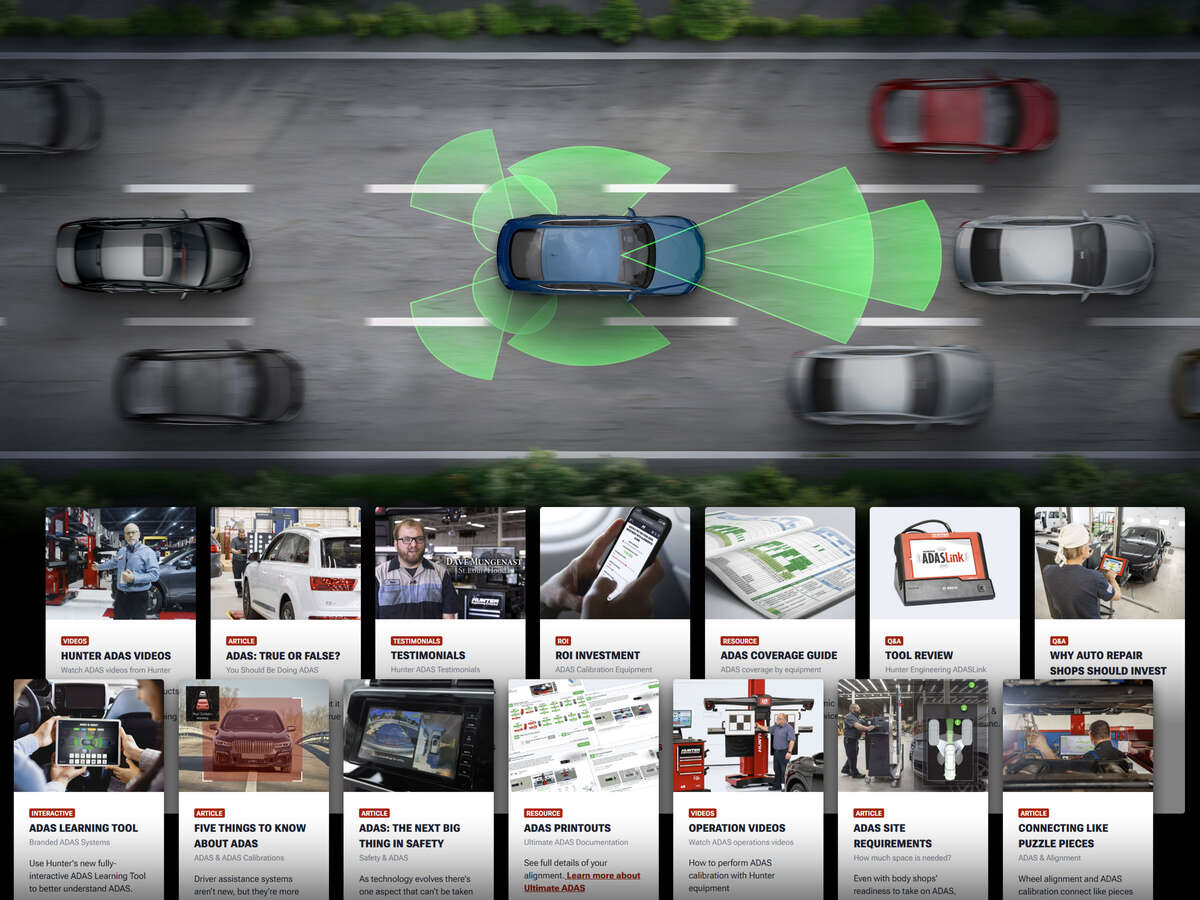
Expand your knowledge and awareness on Advanced Driver Assistance Systems (ADAS) with articles, videos, interactive tools, and downloads.
Explore Hunter ADAS Products



